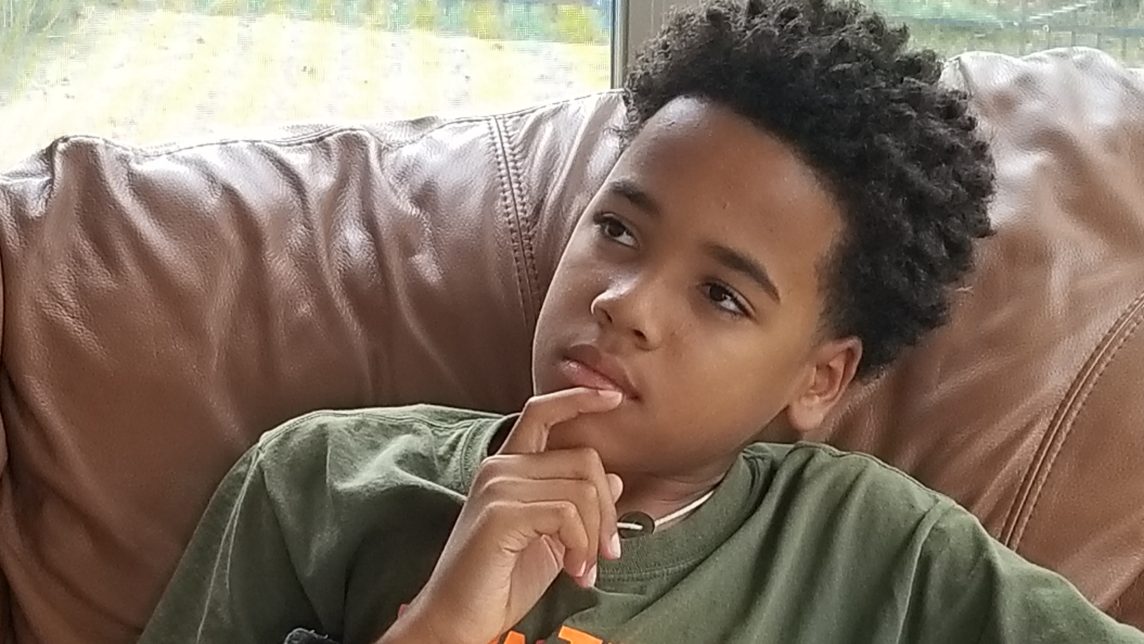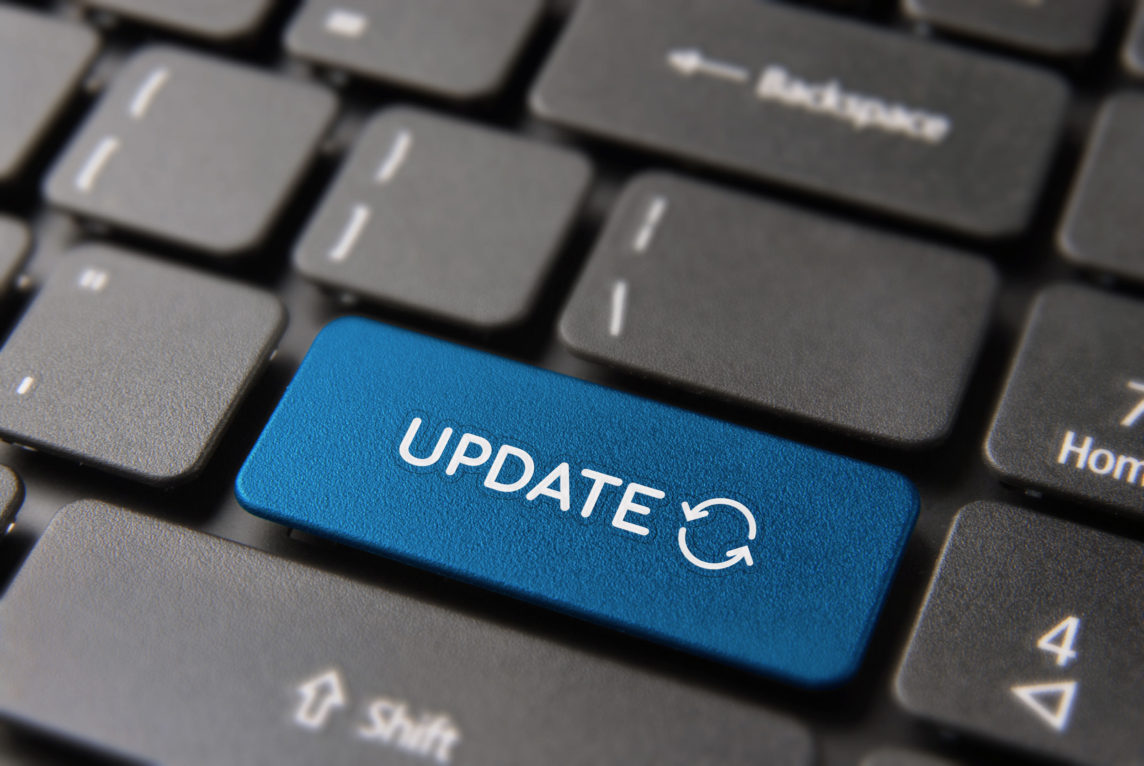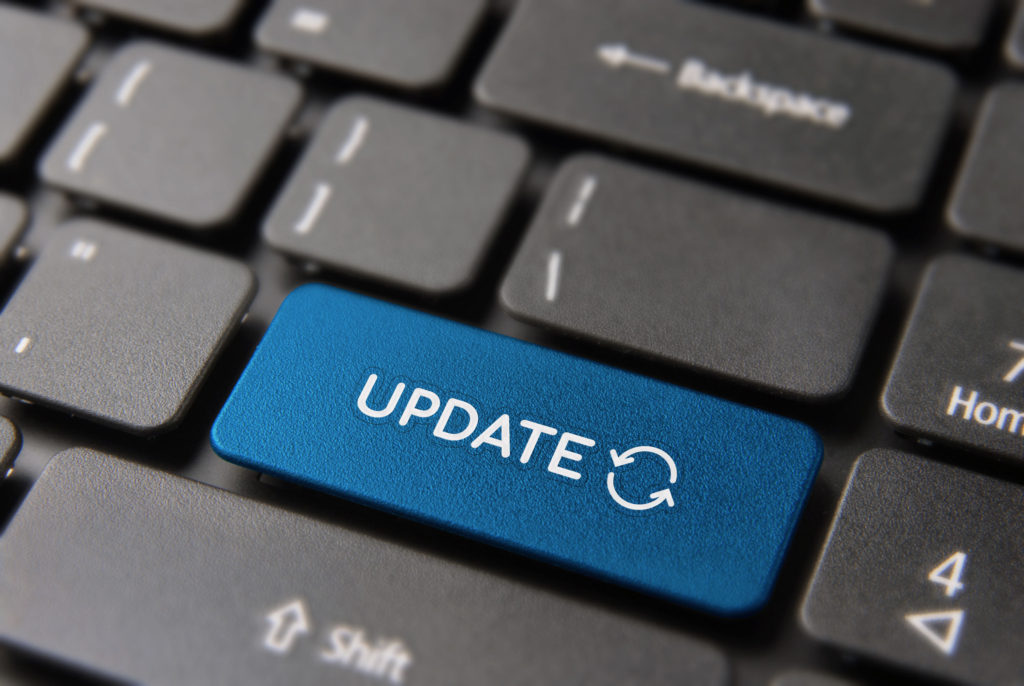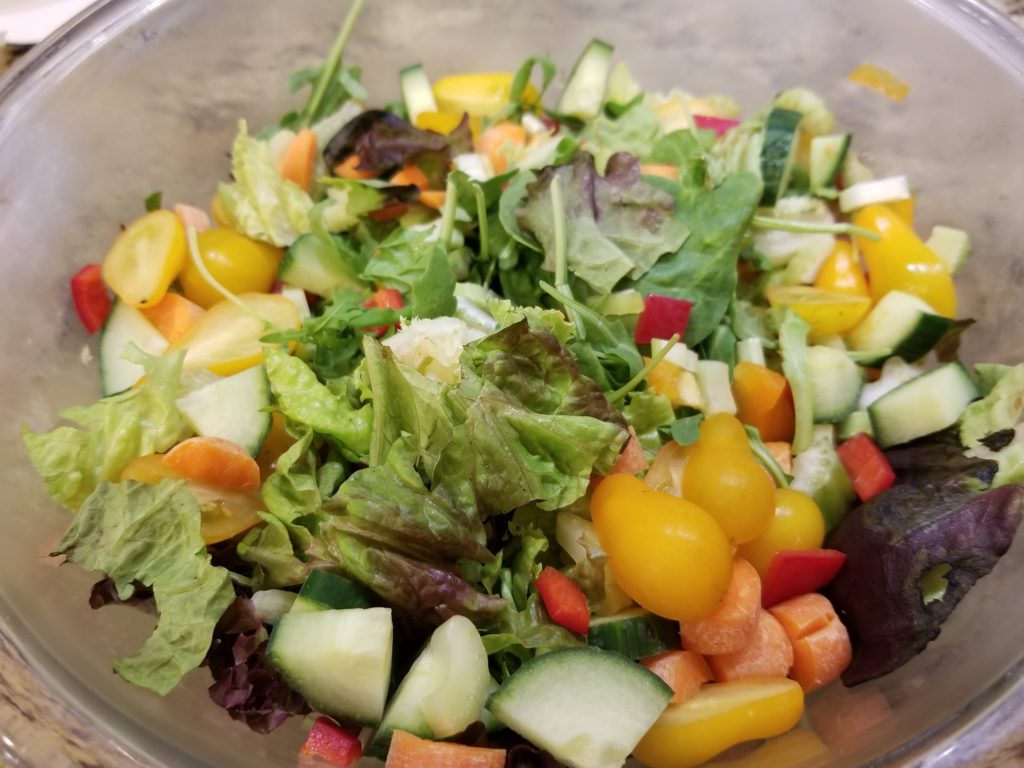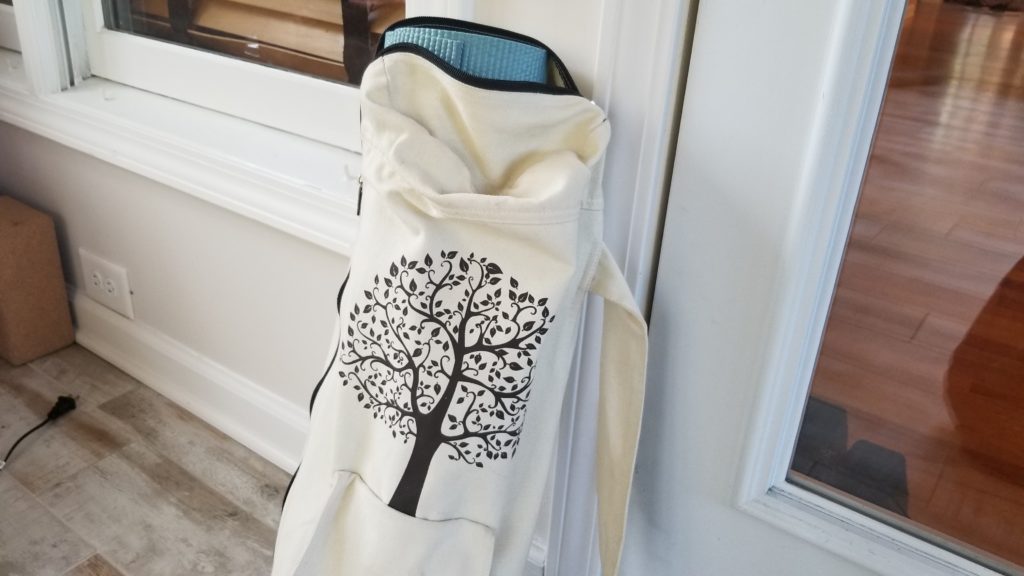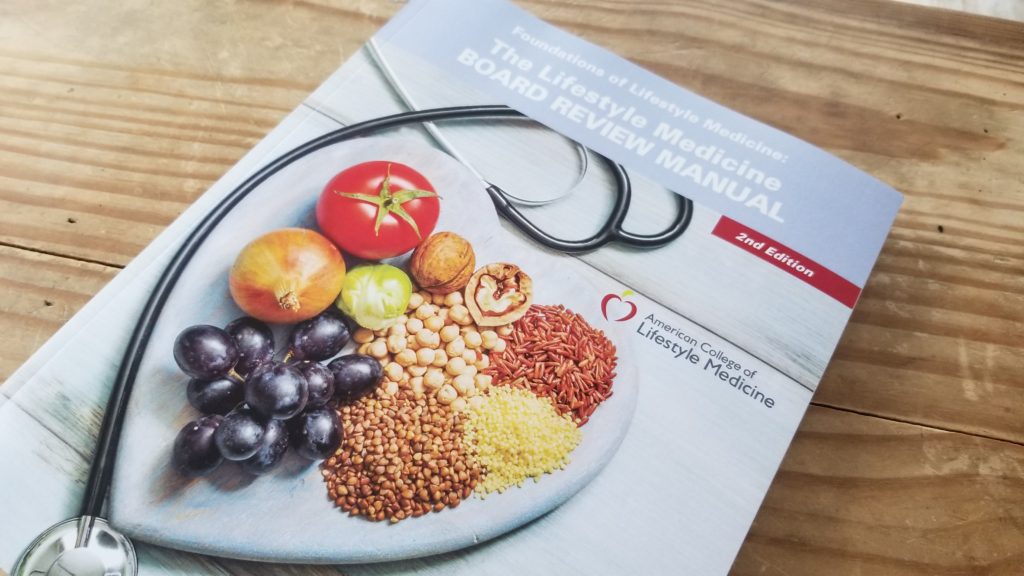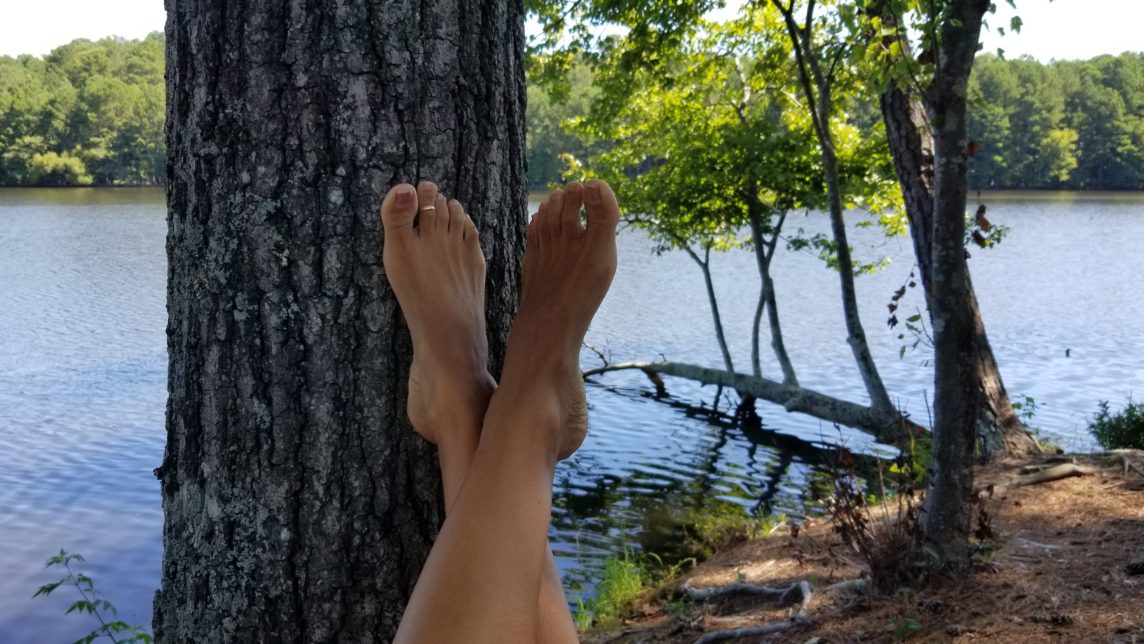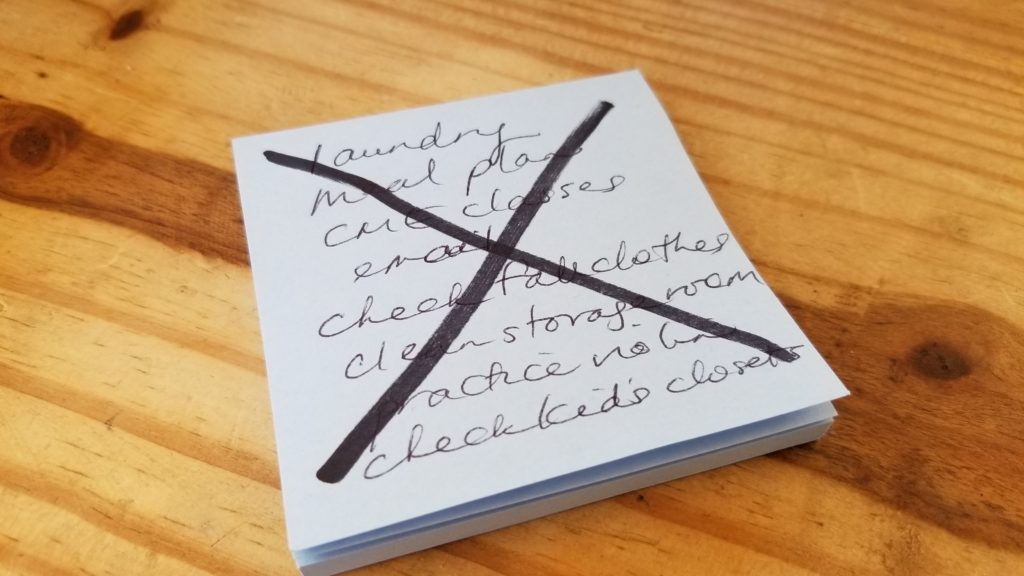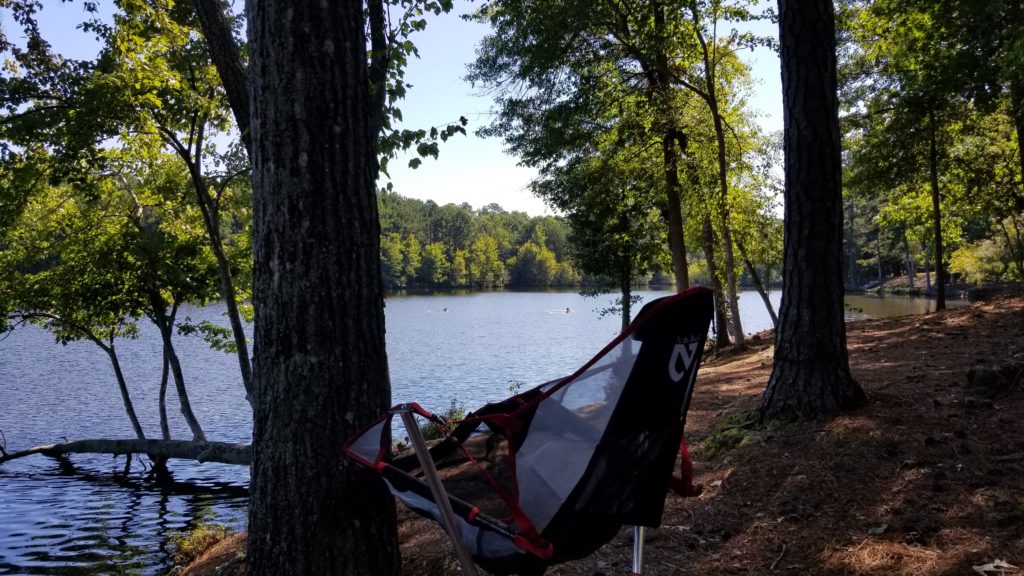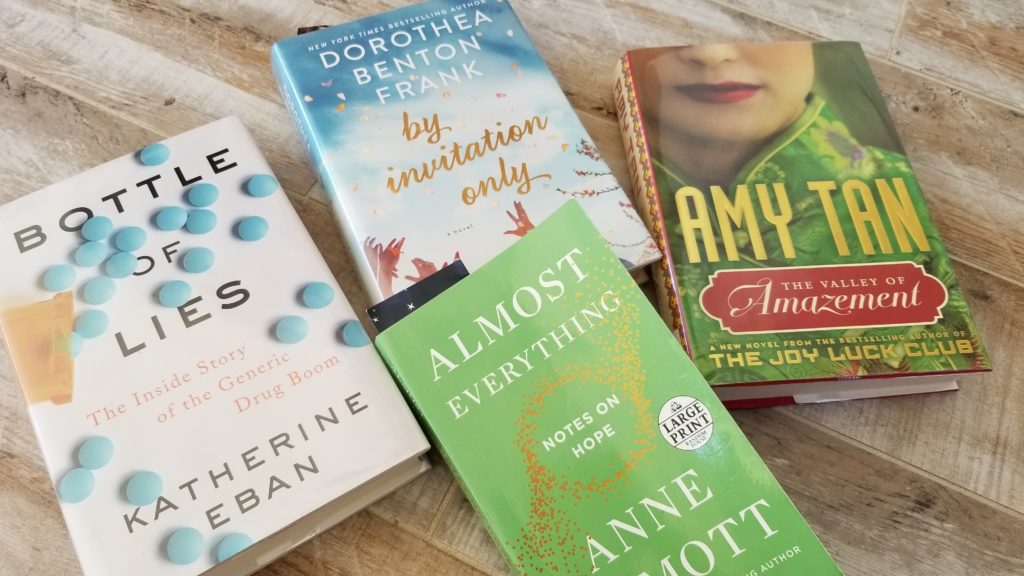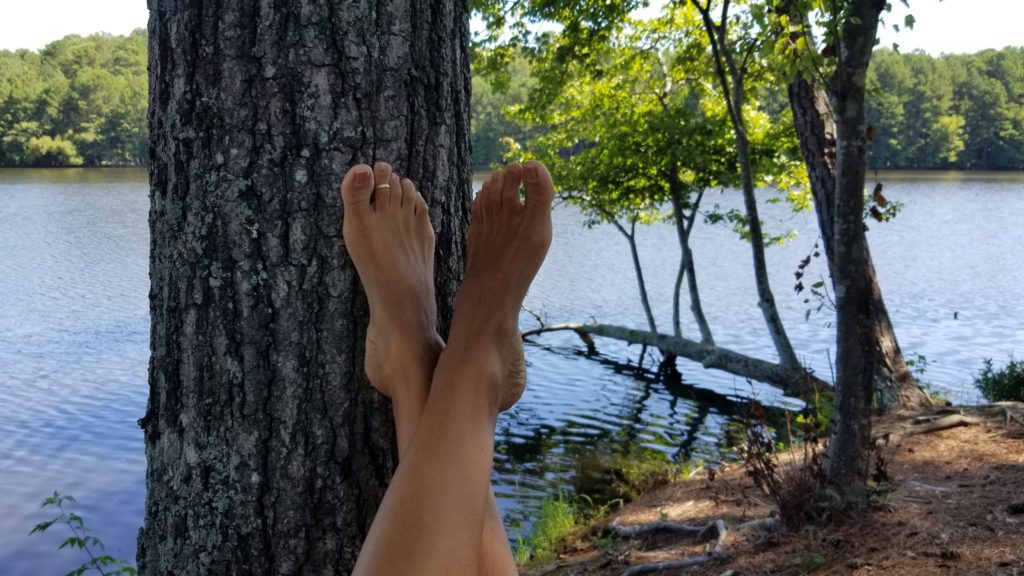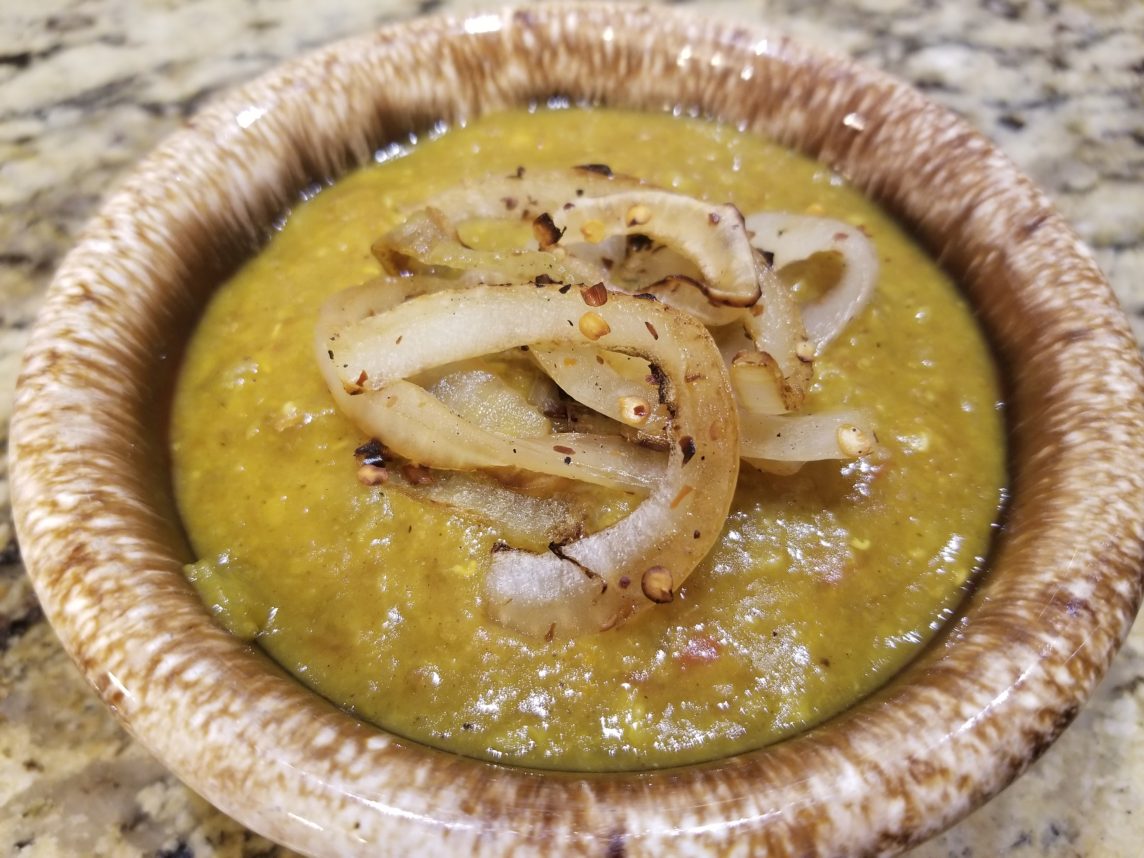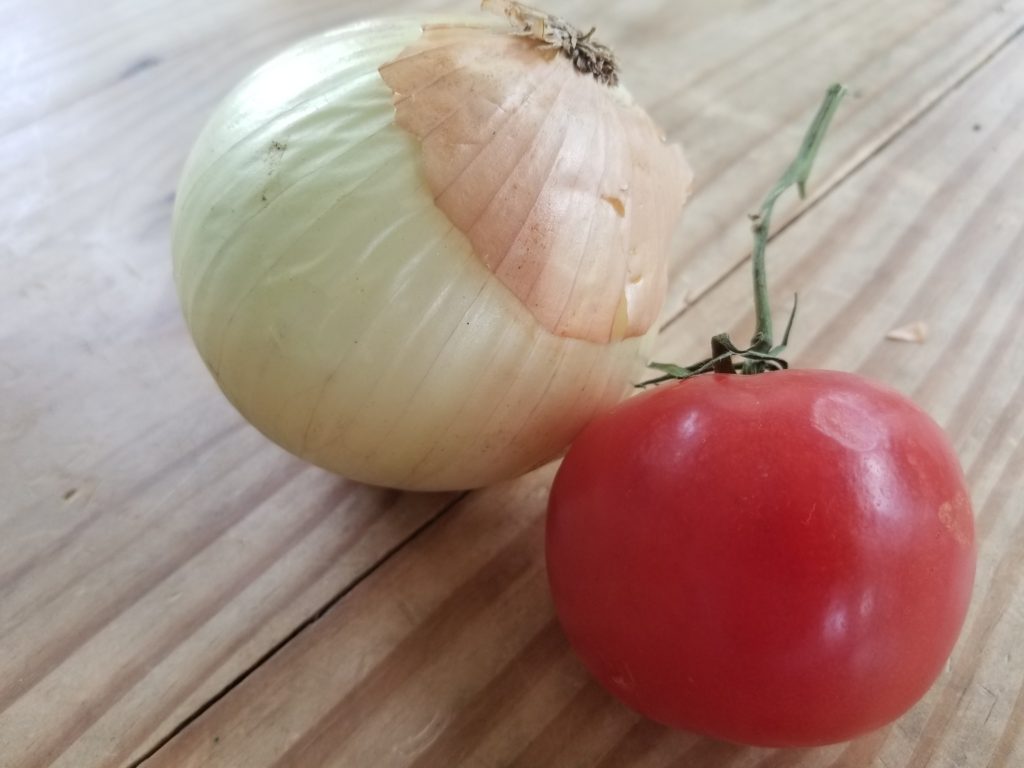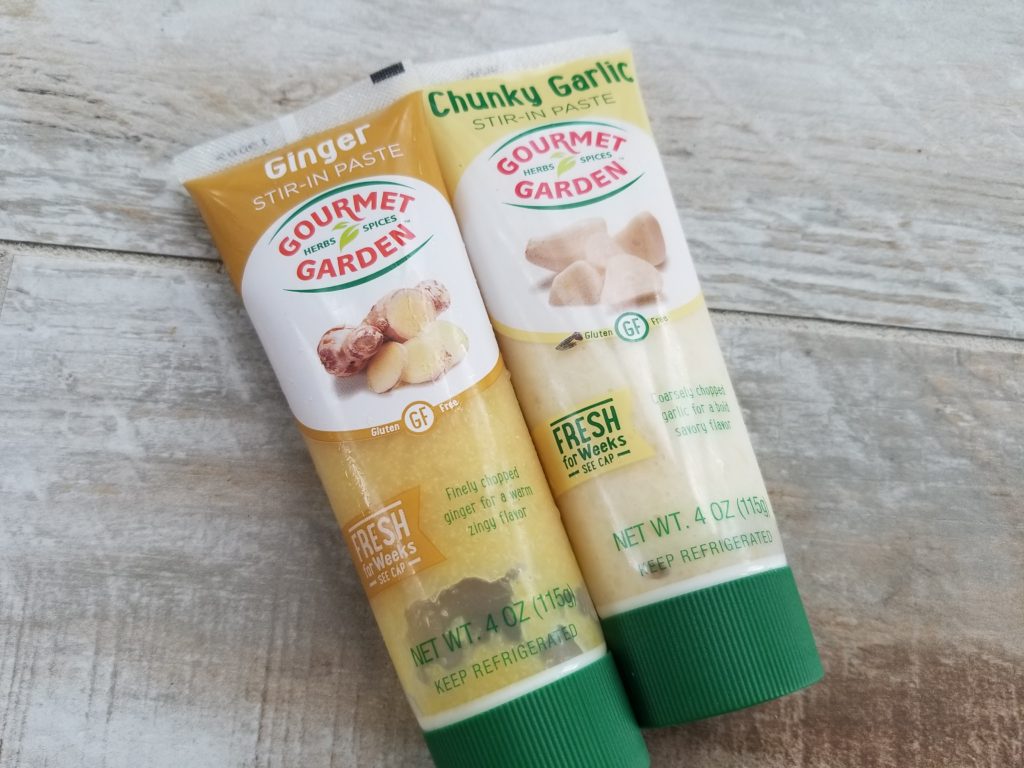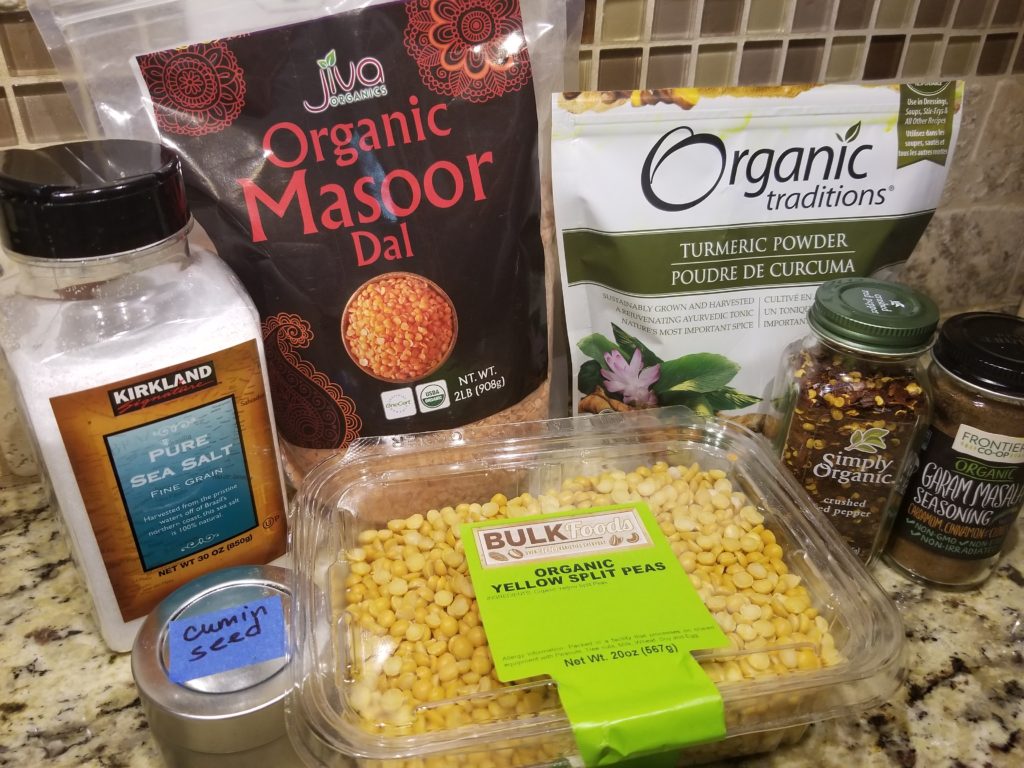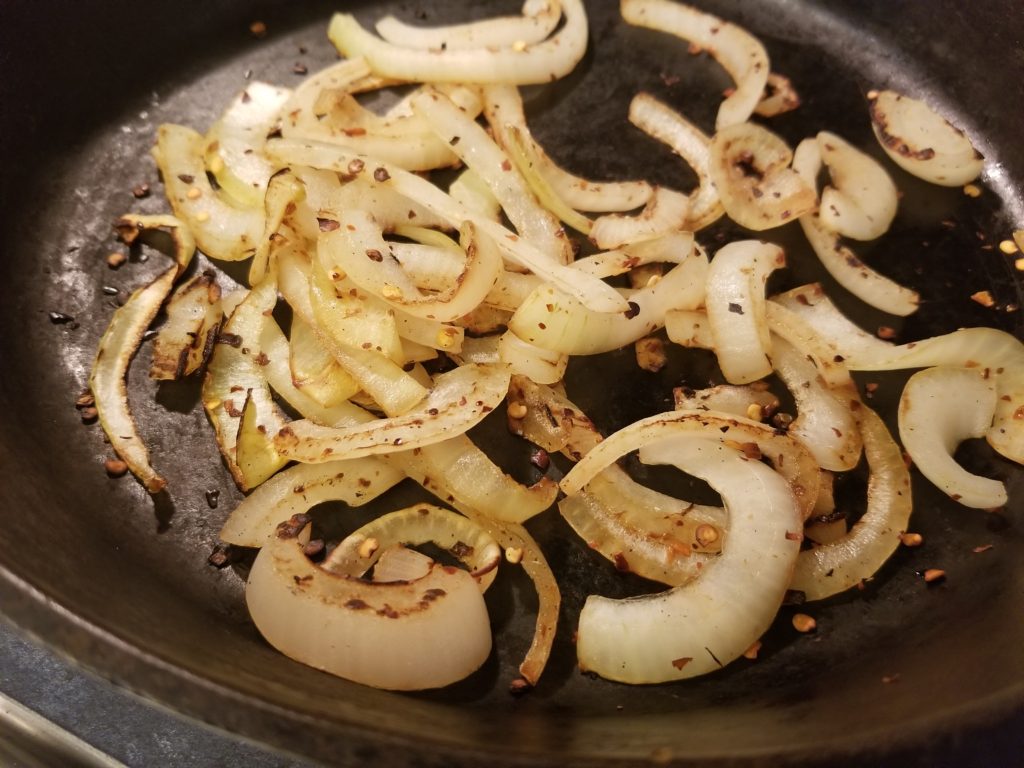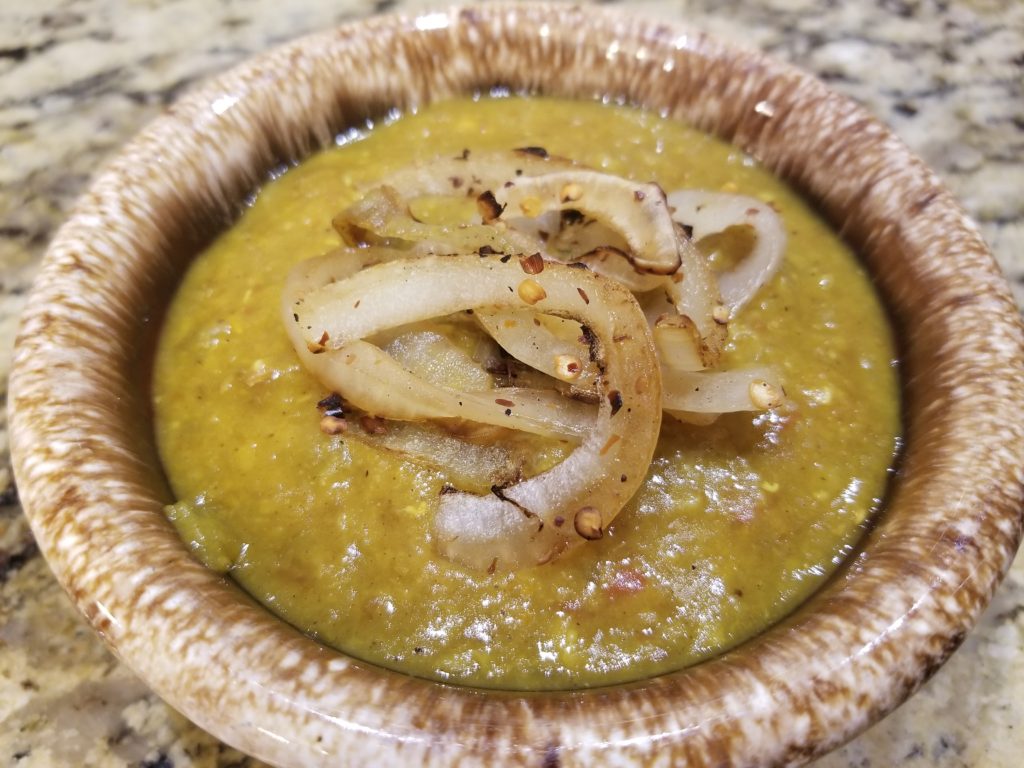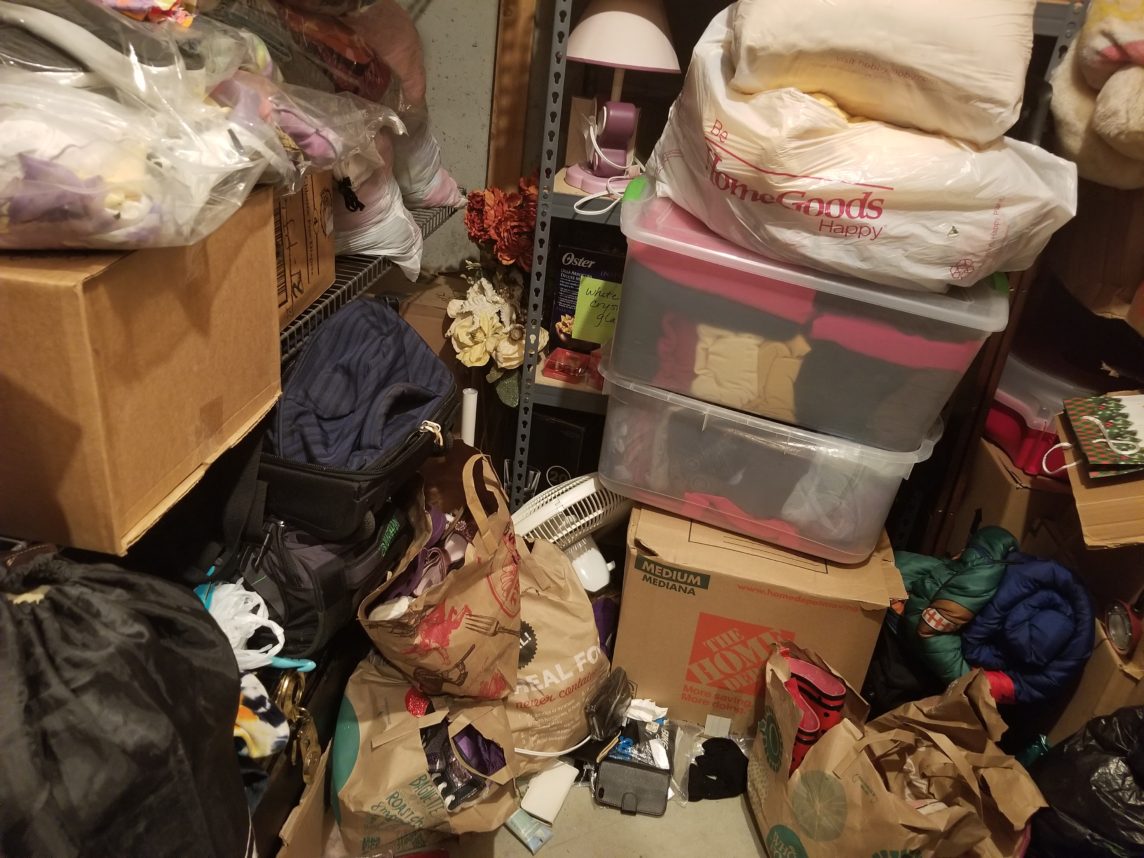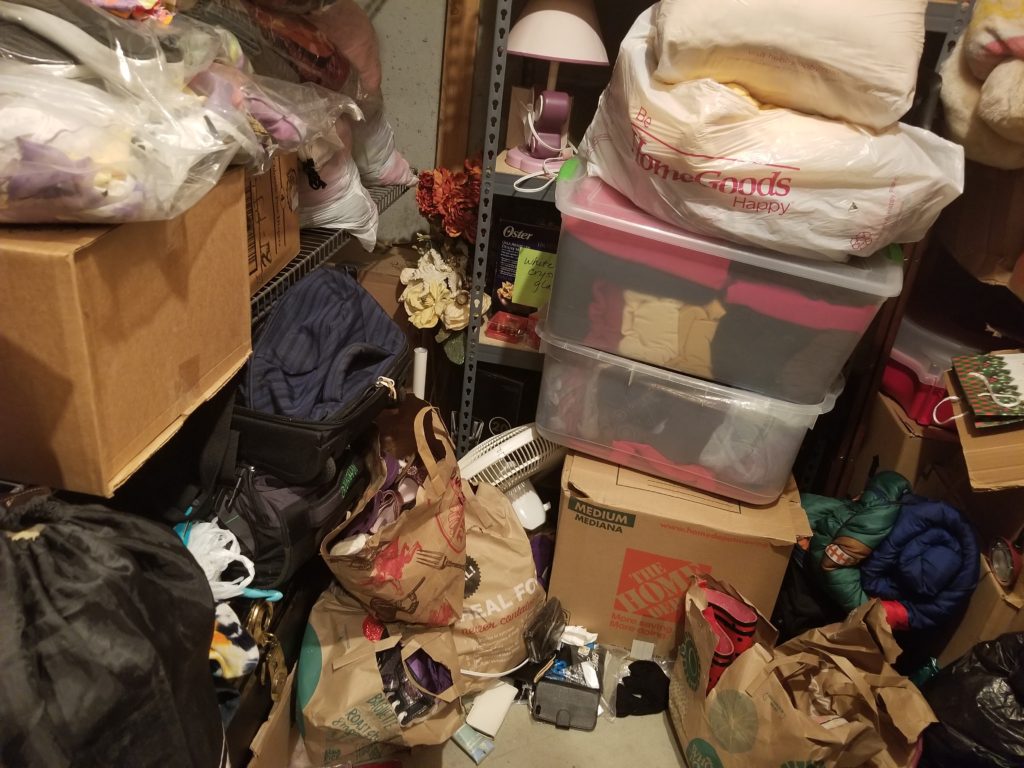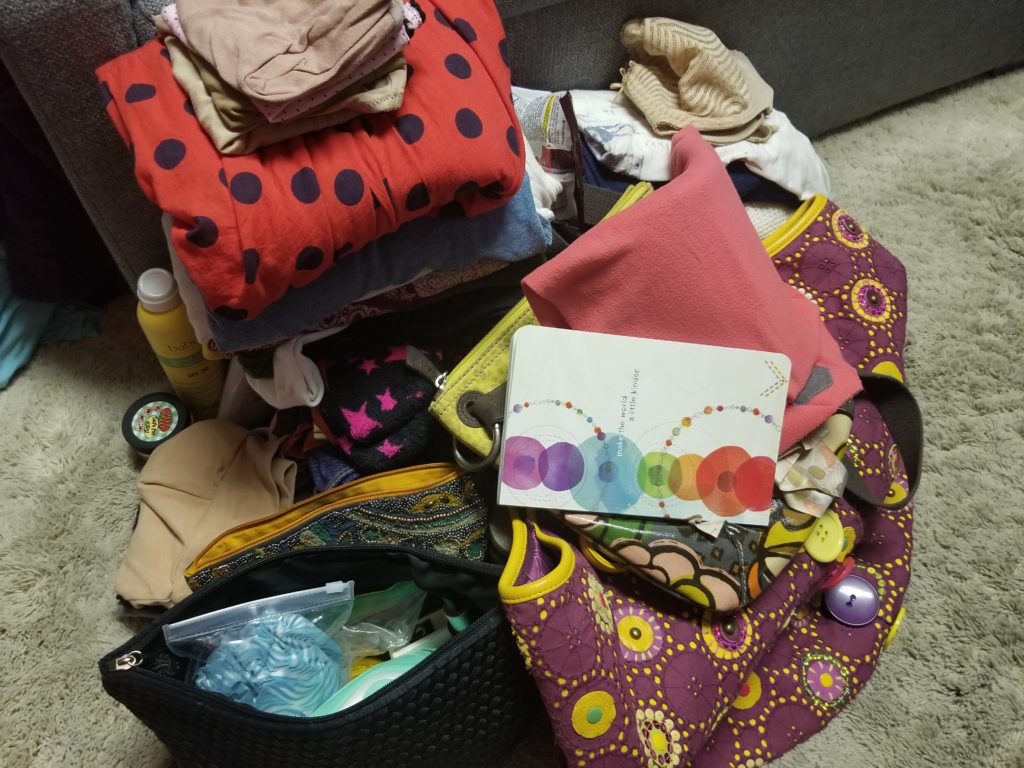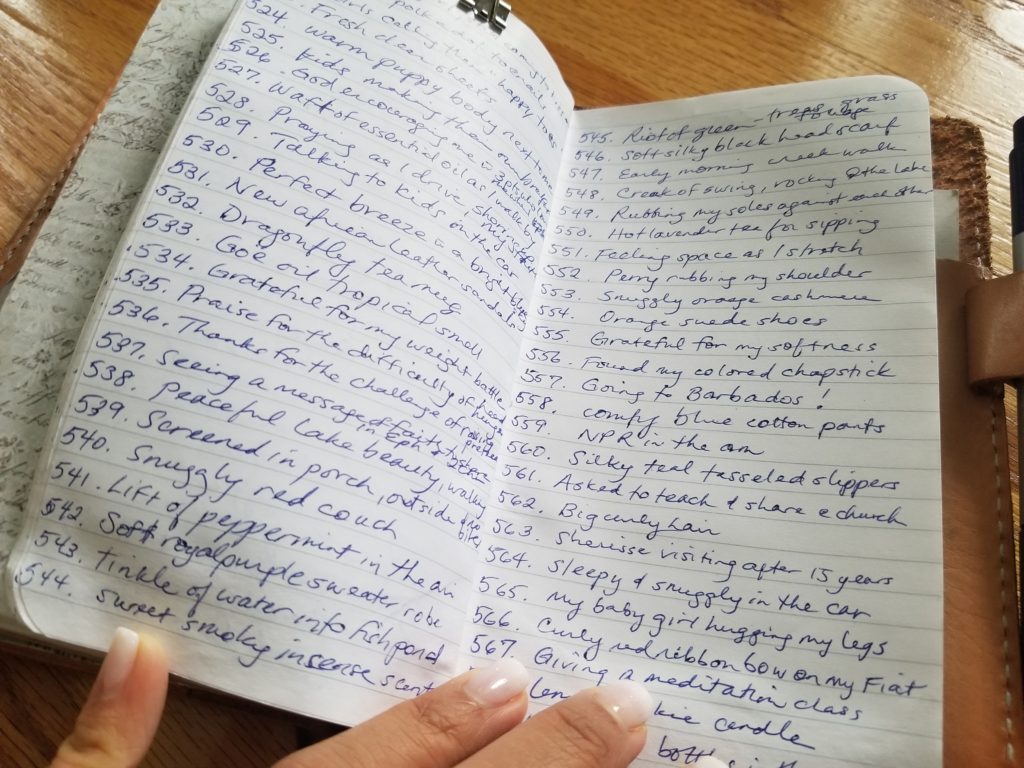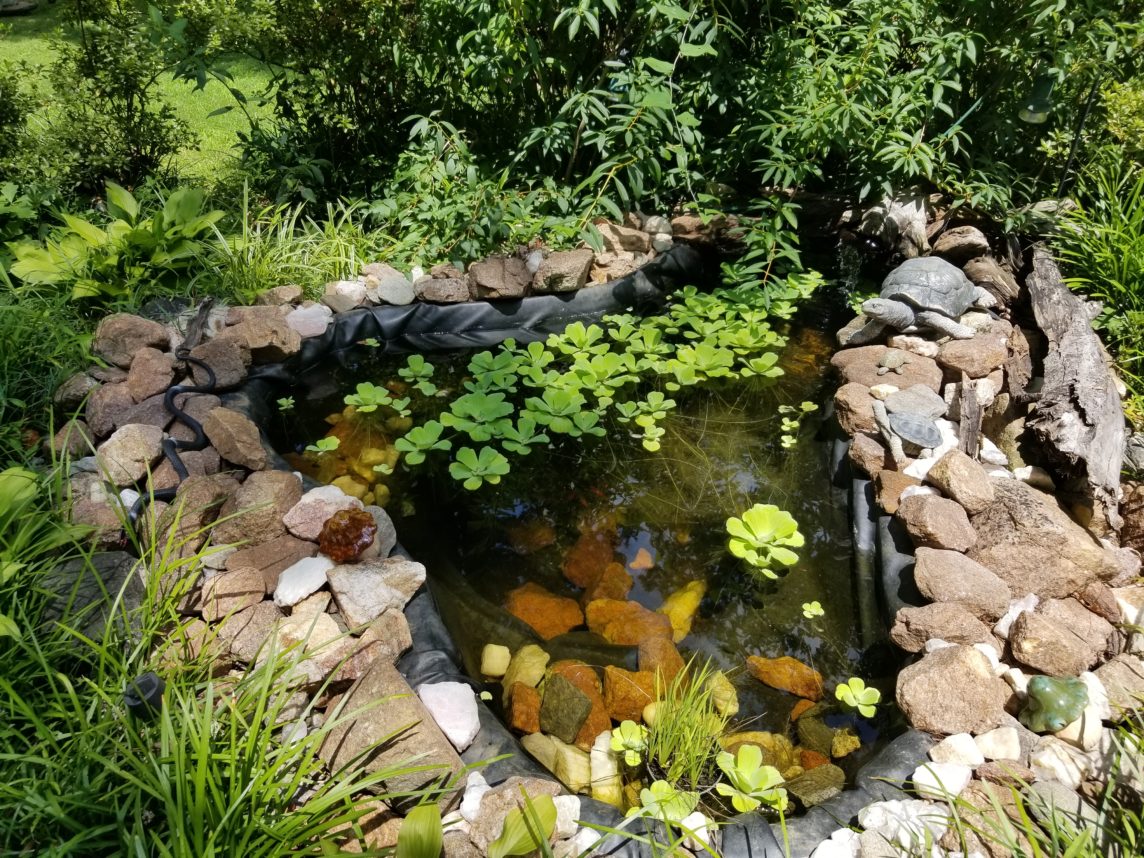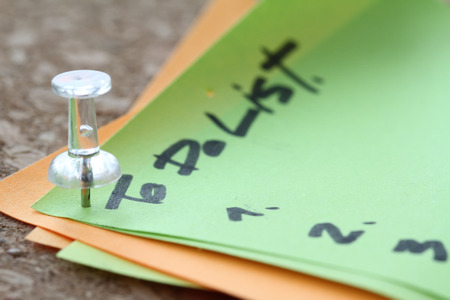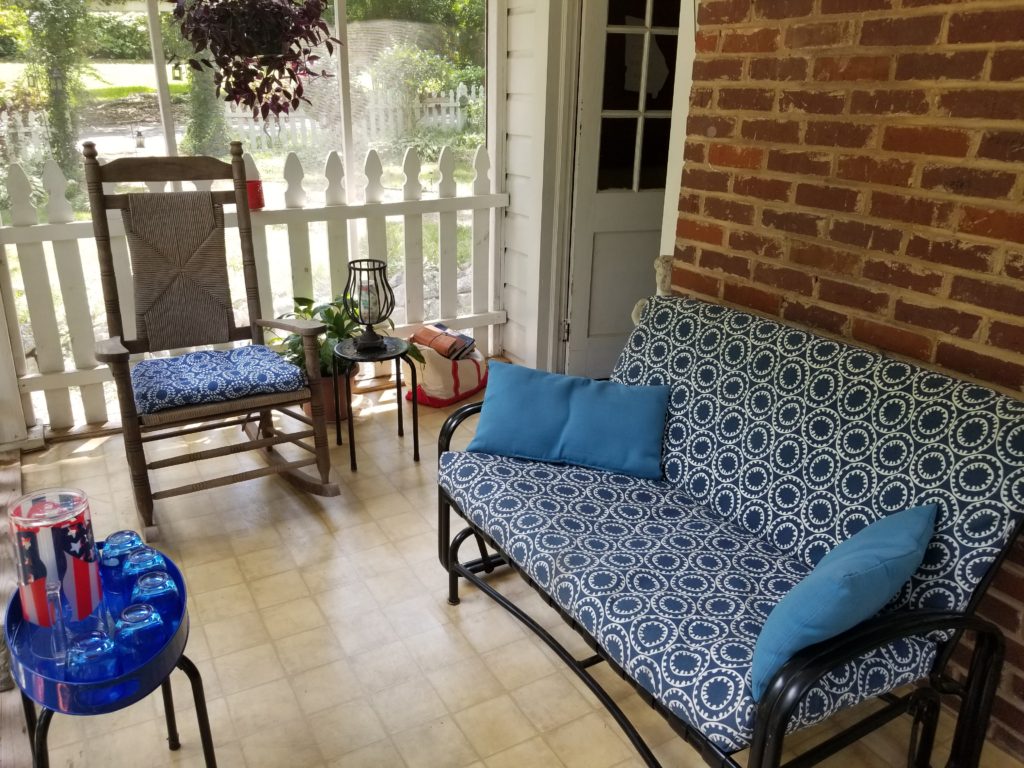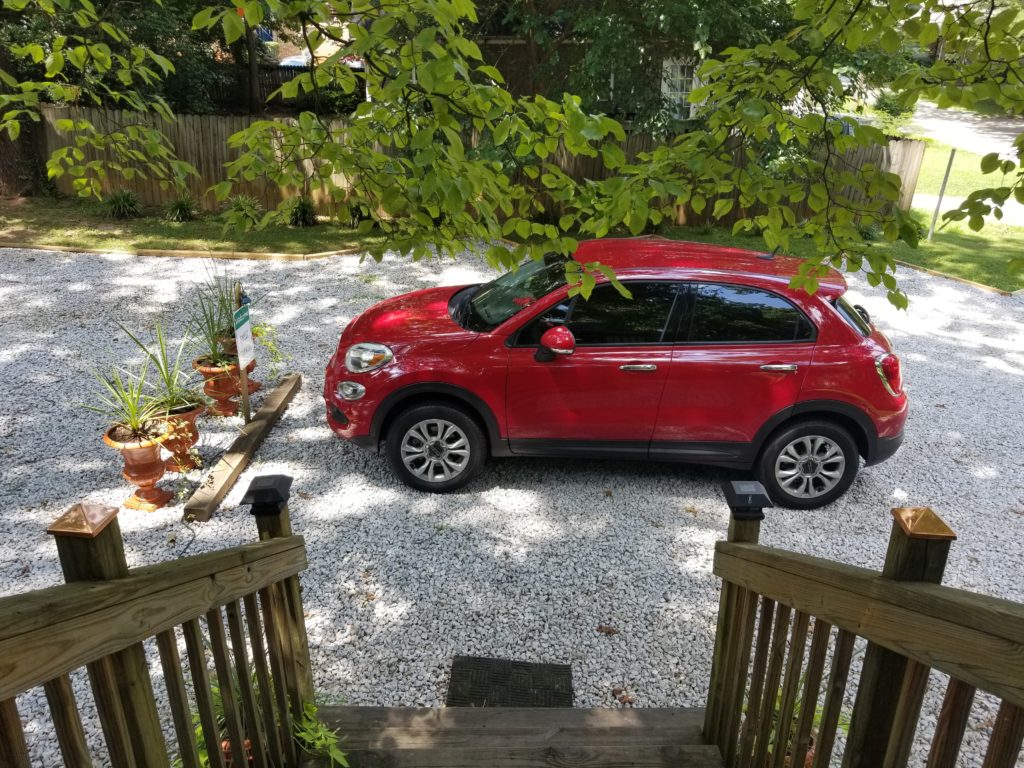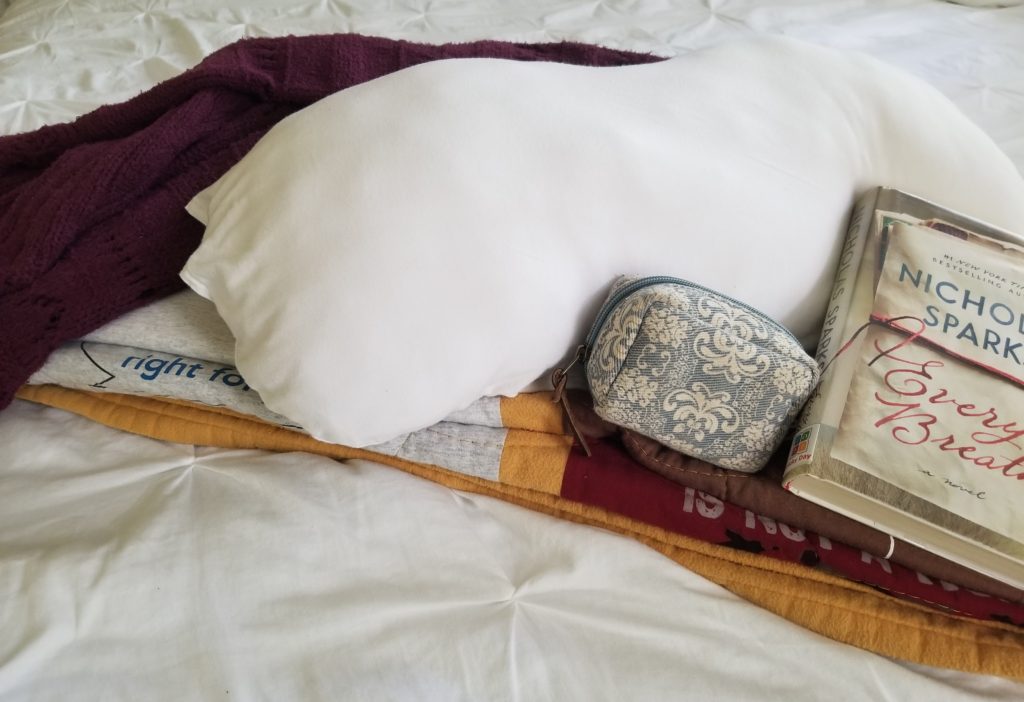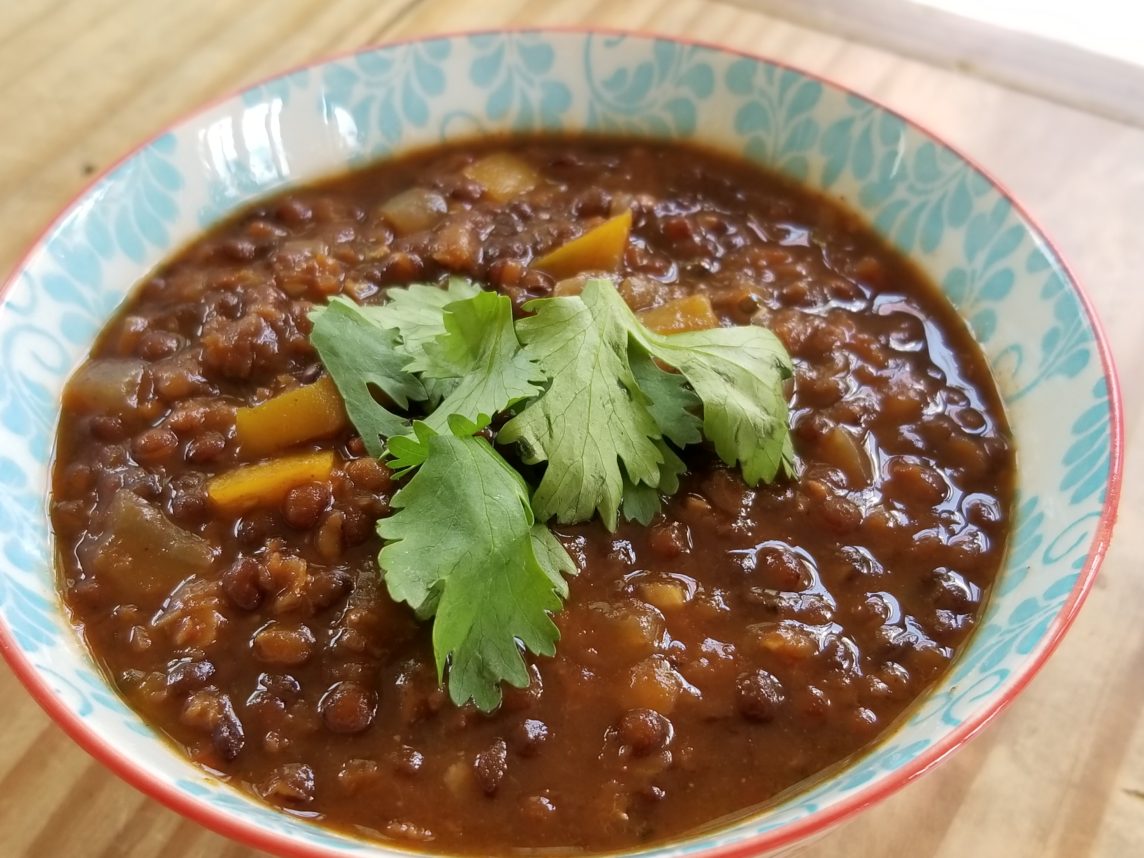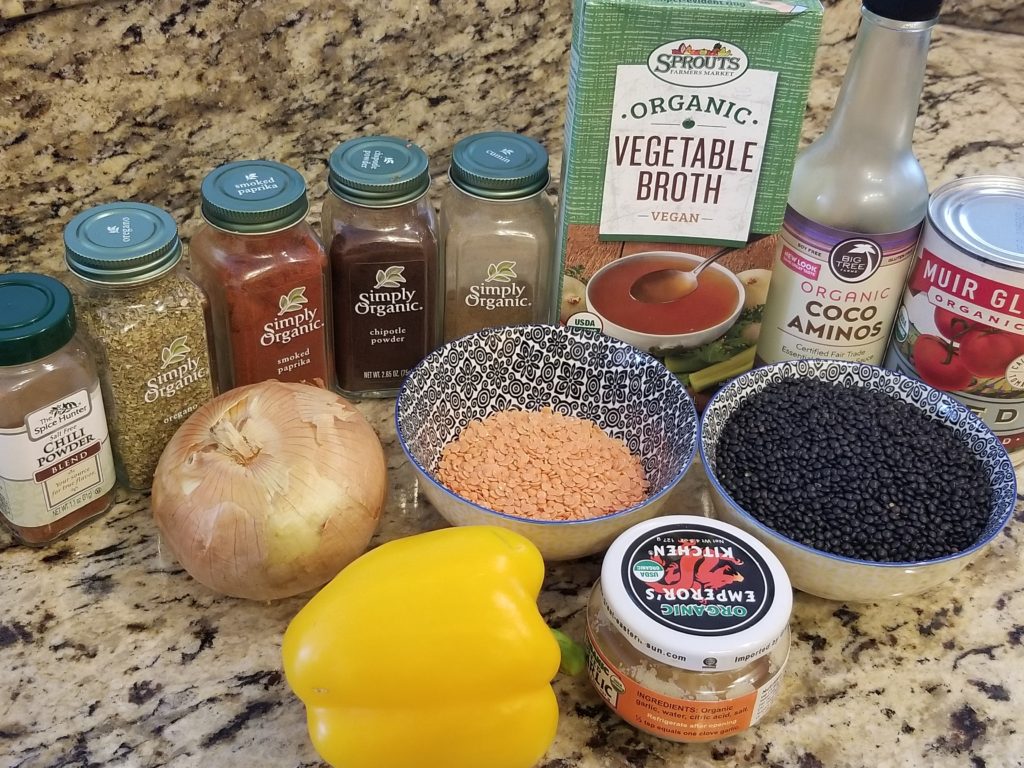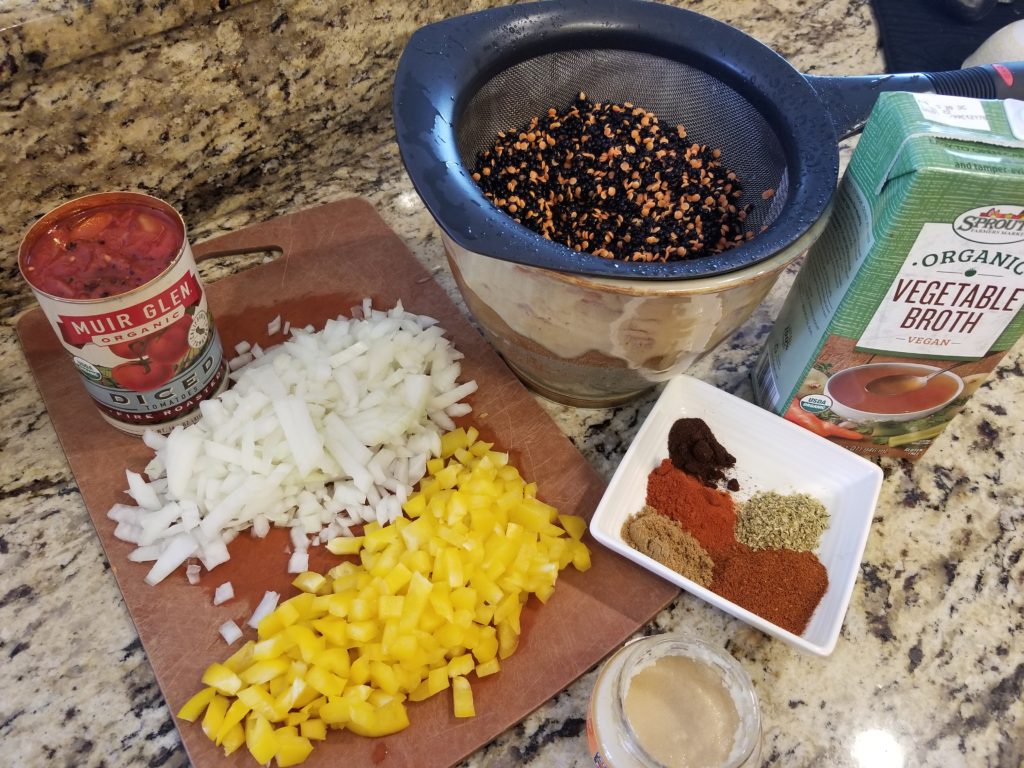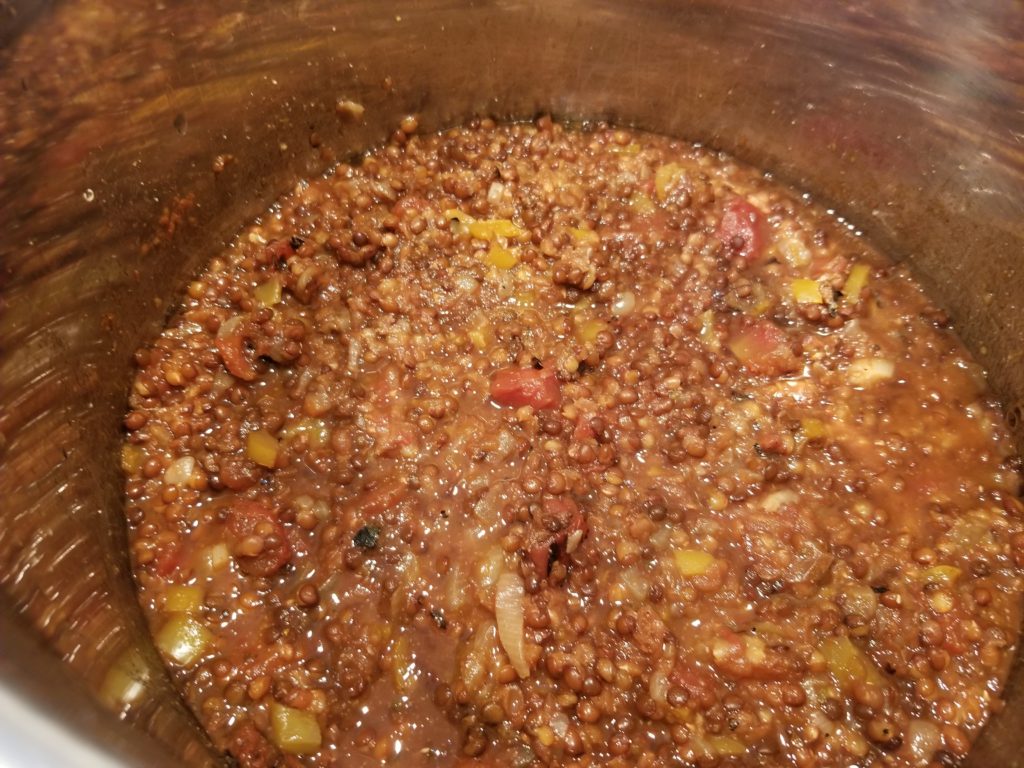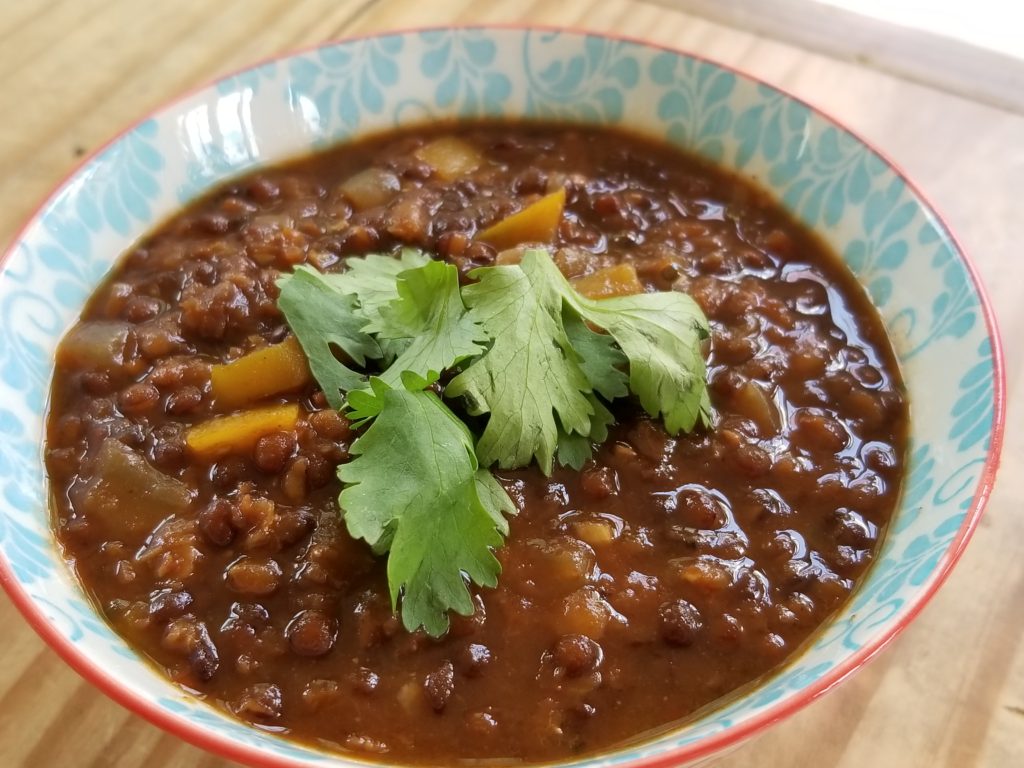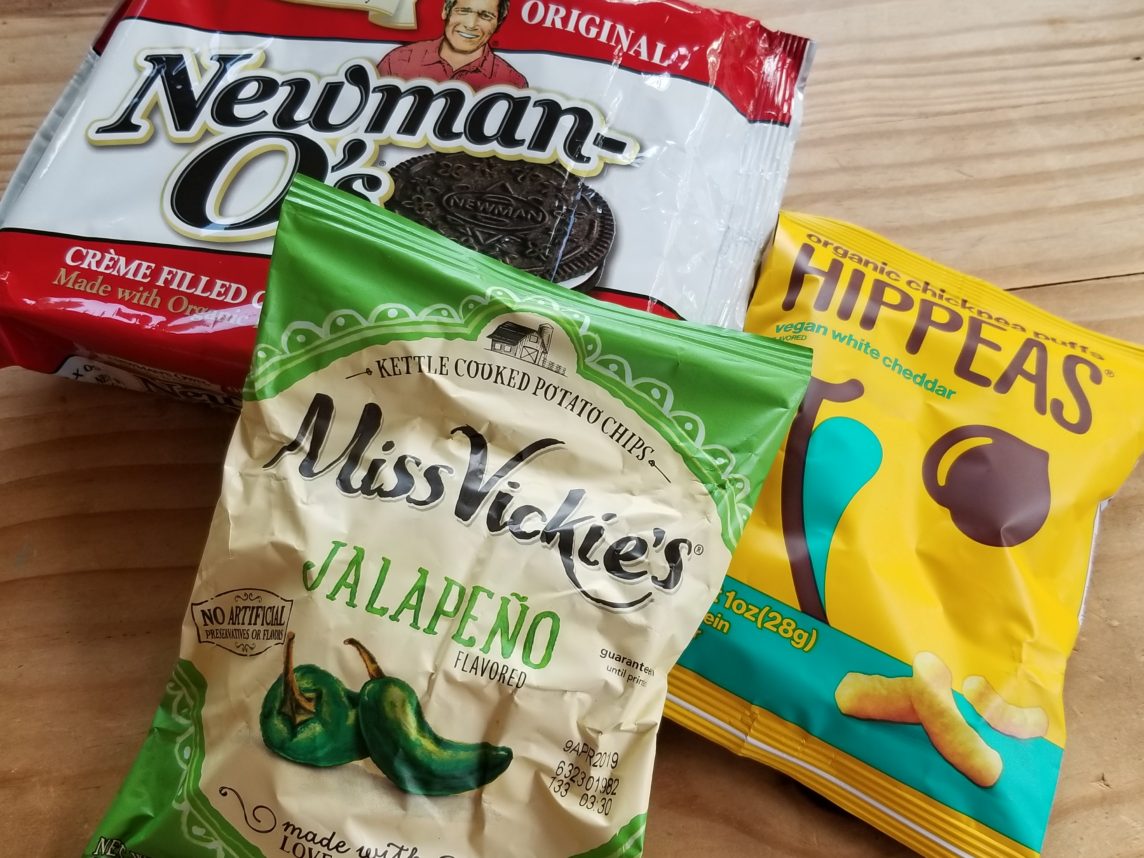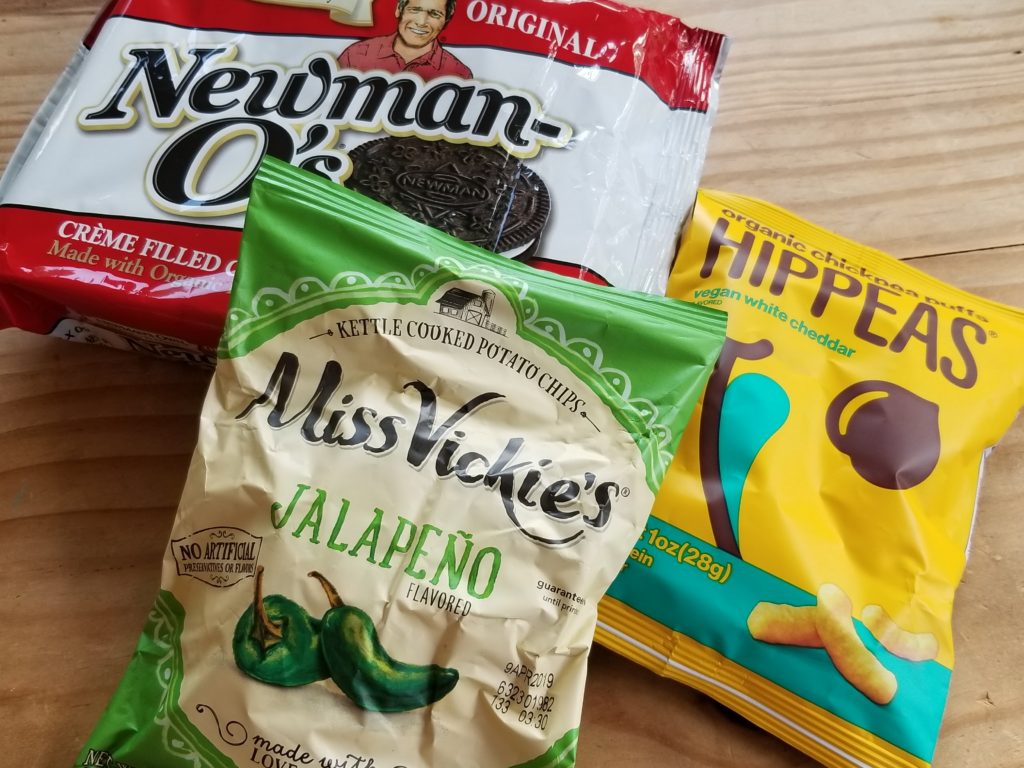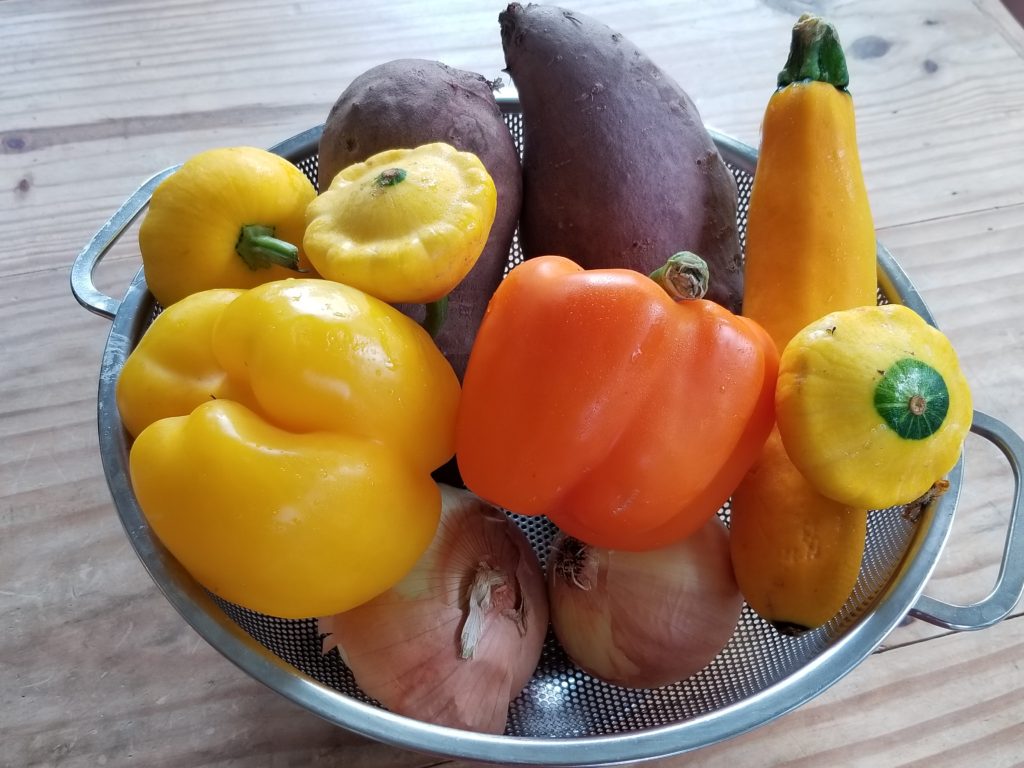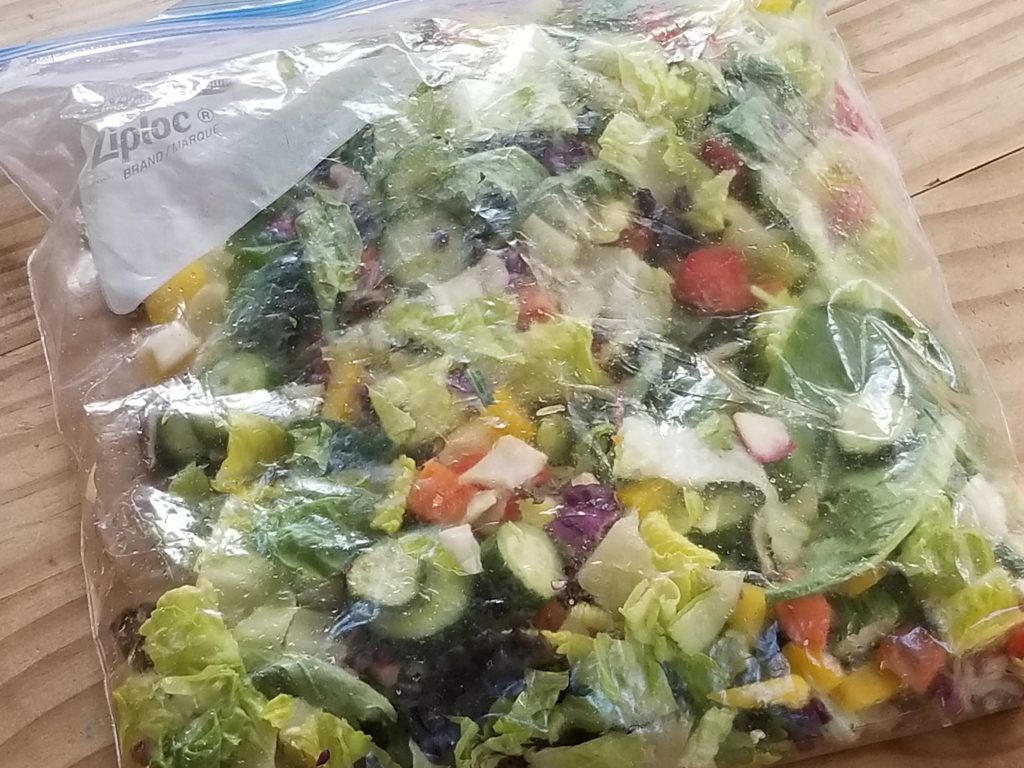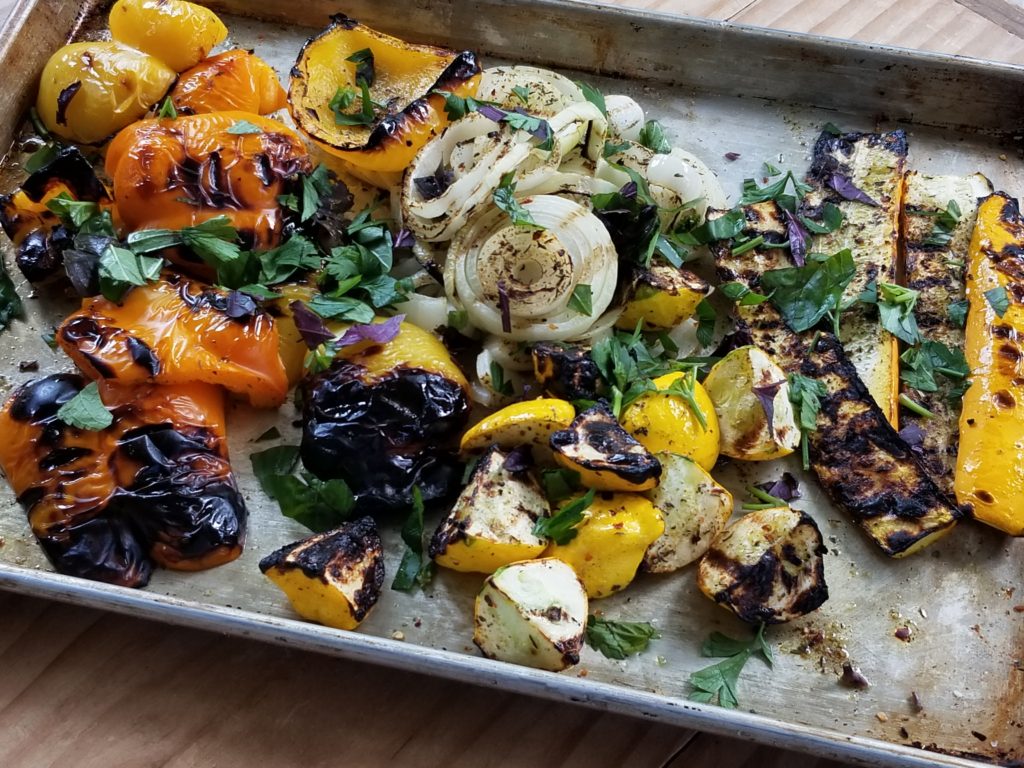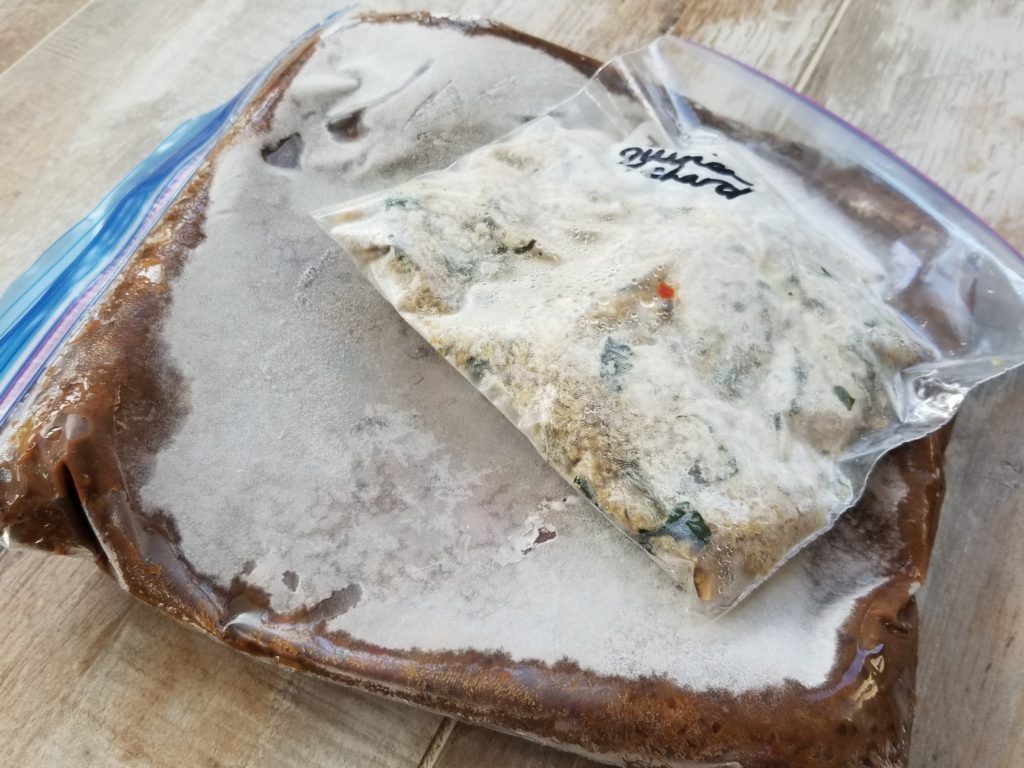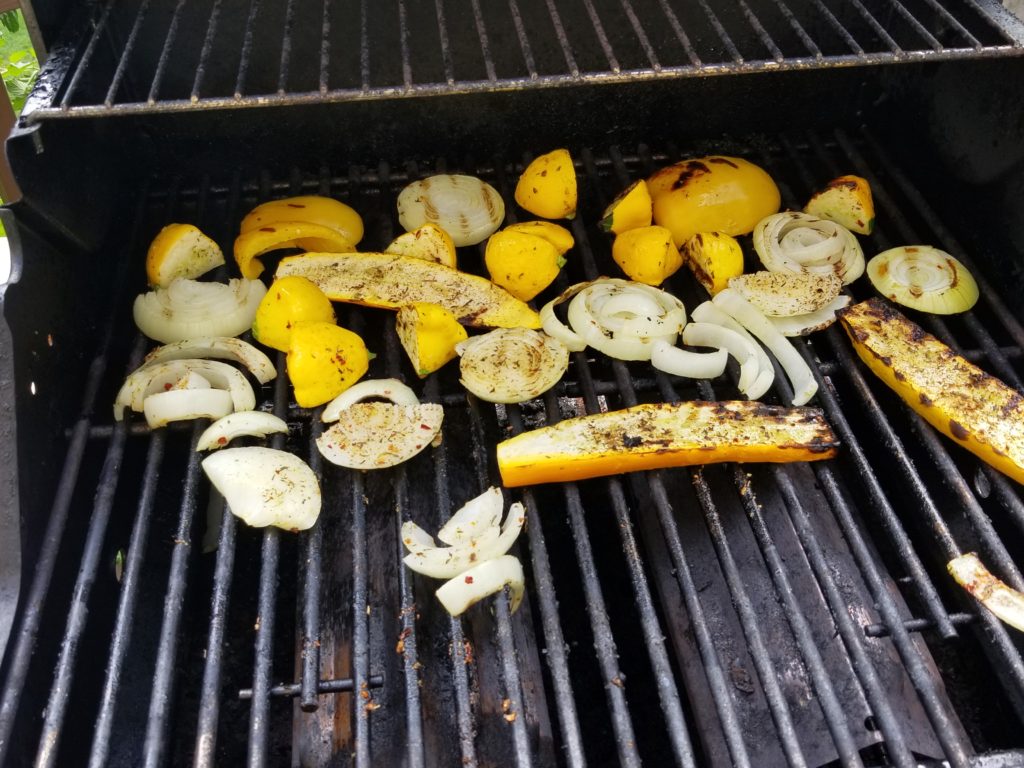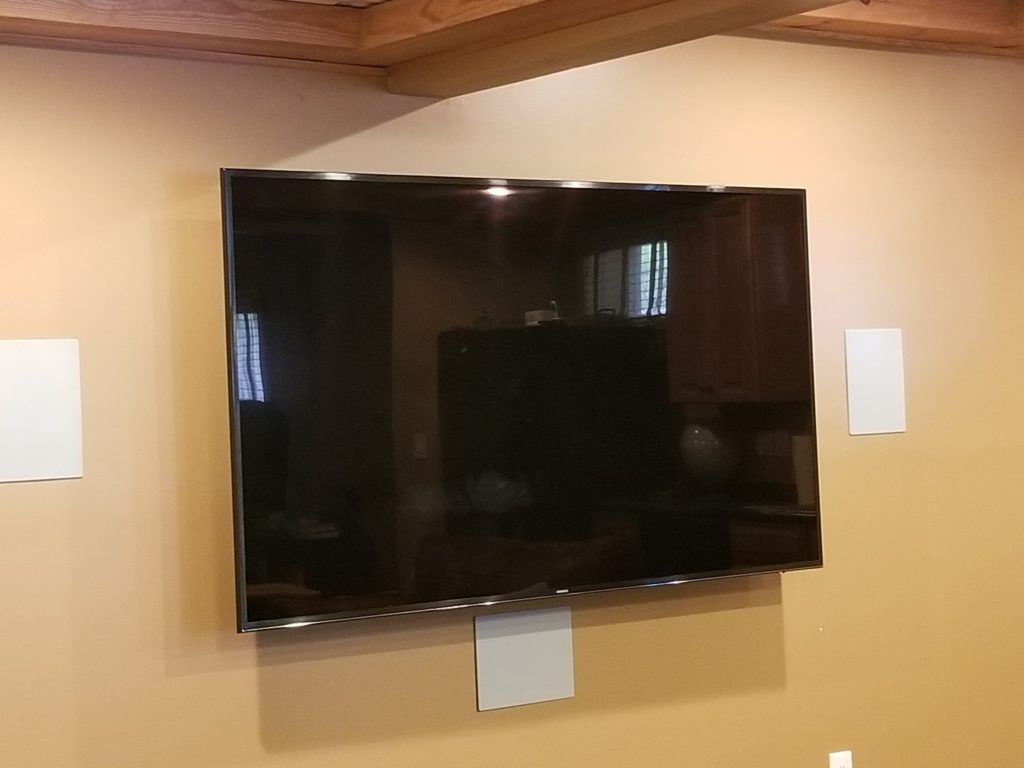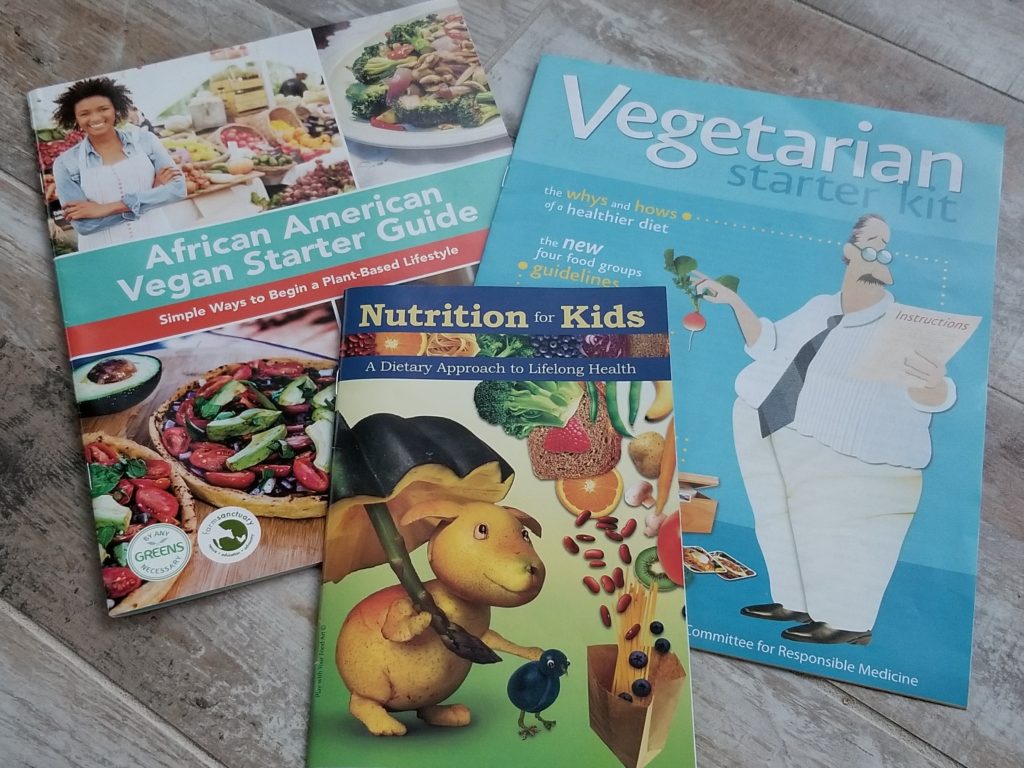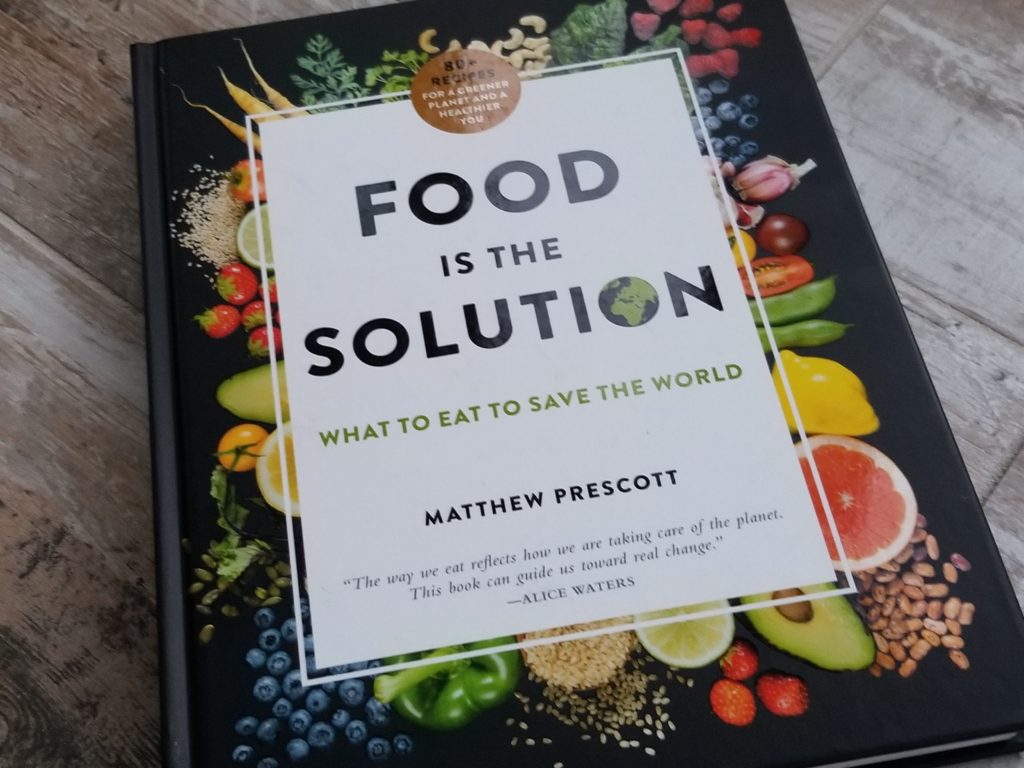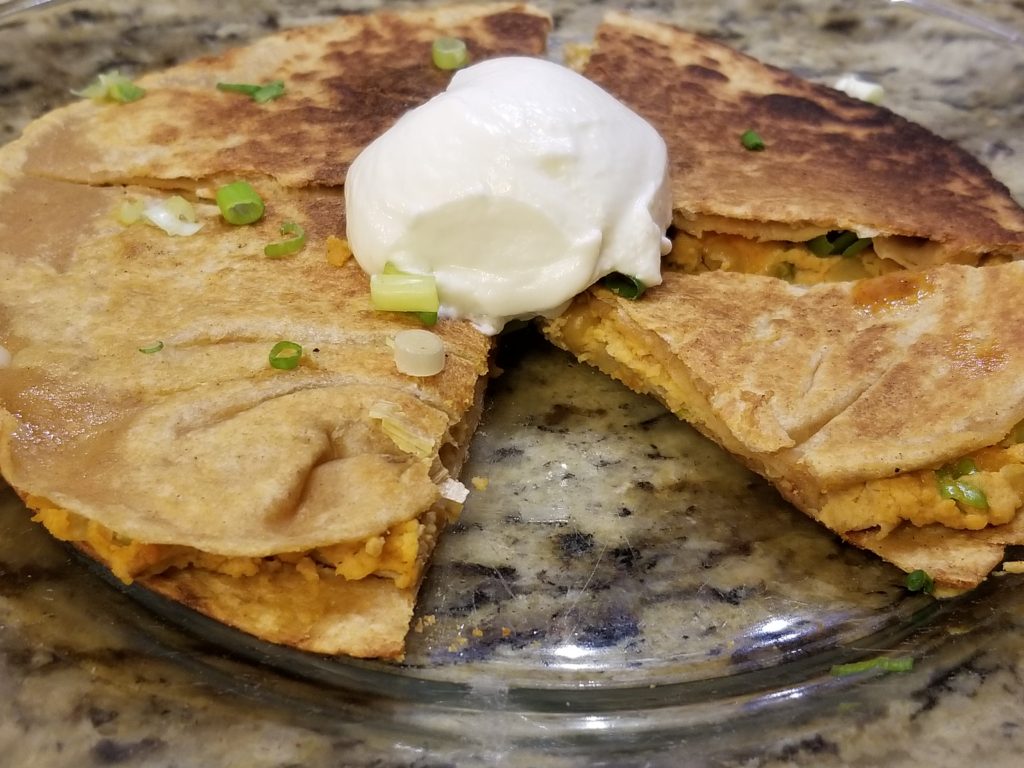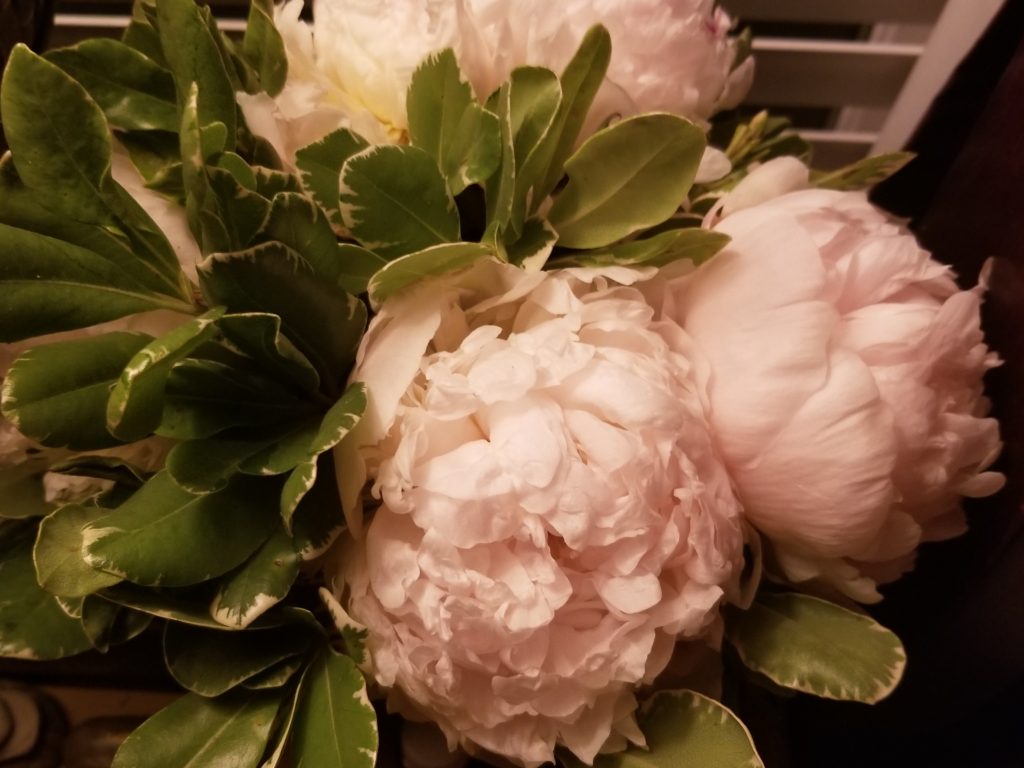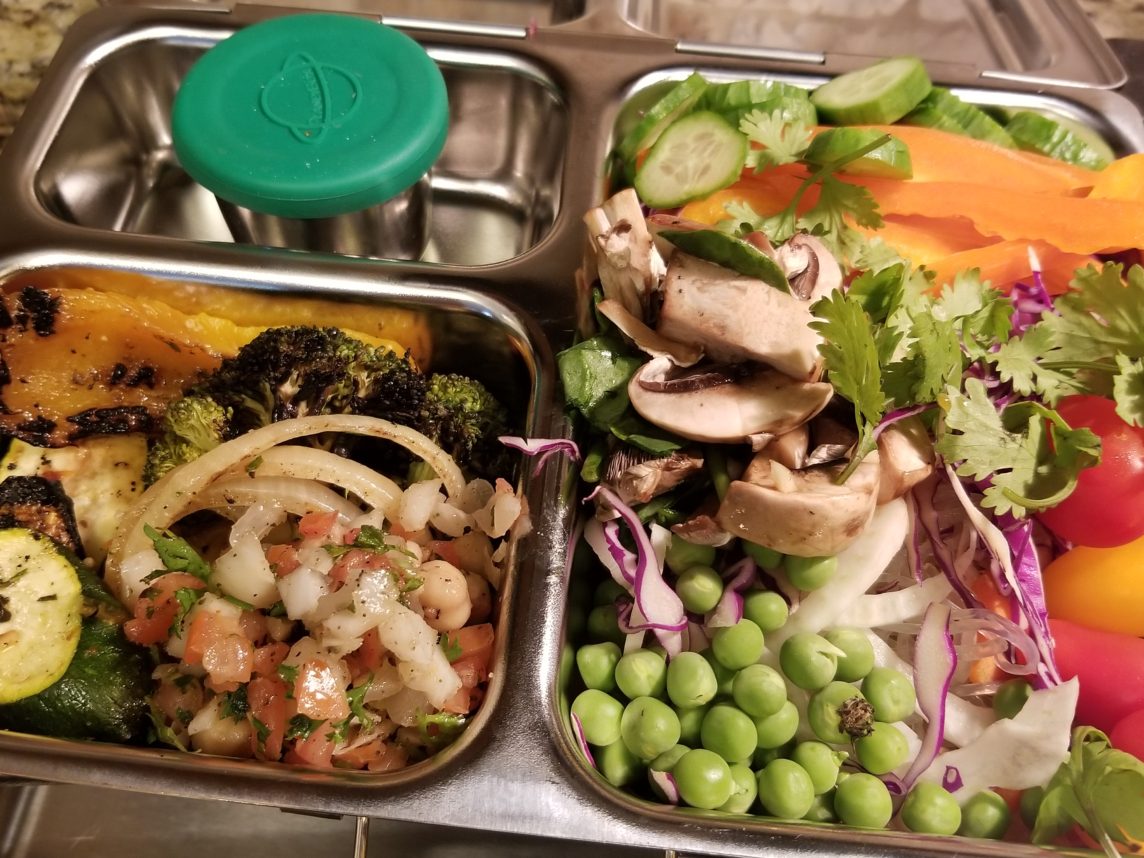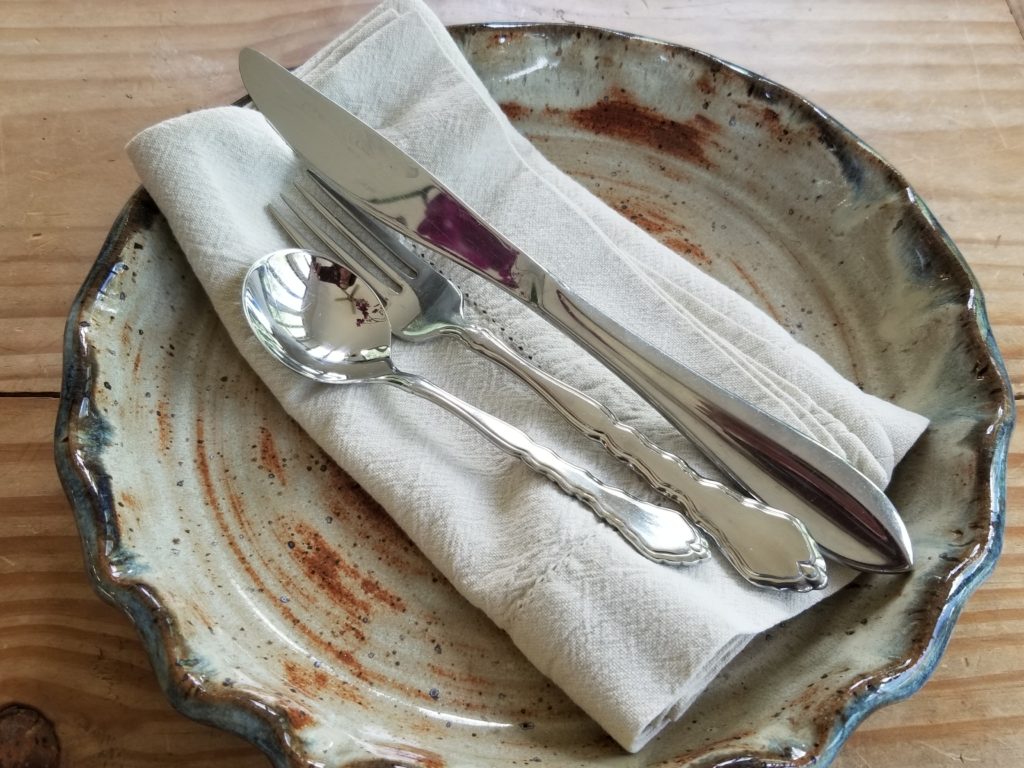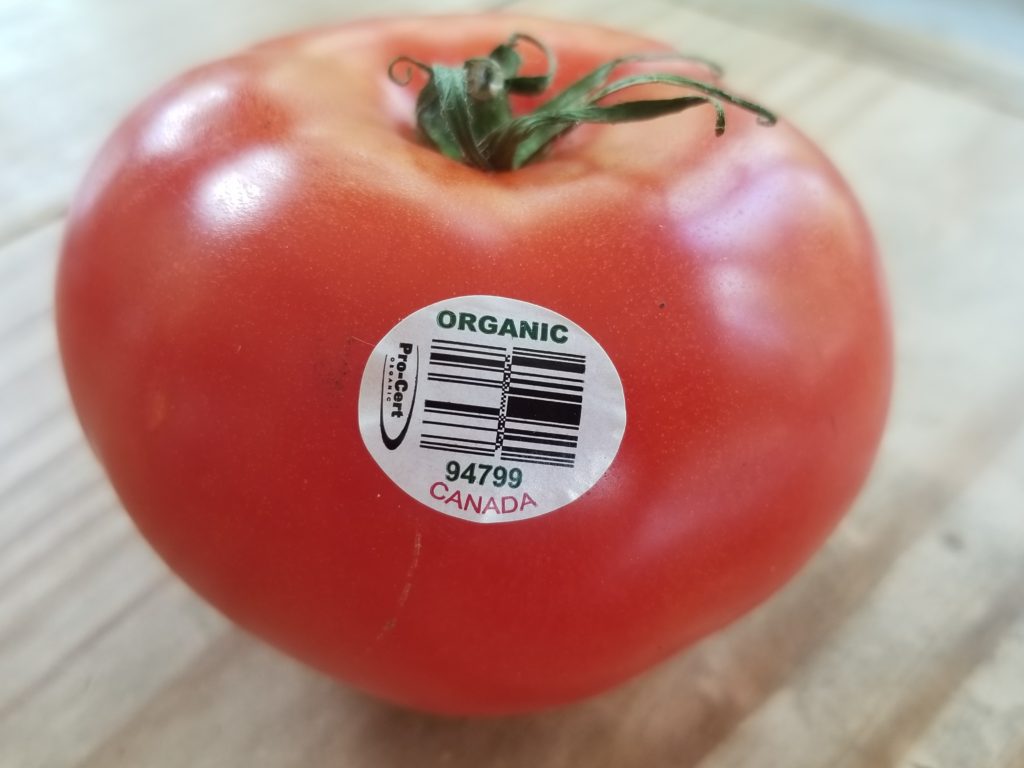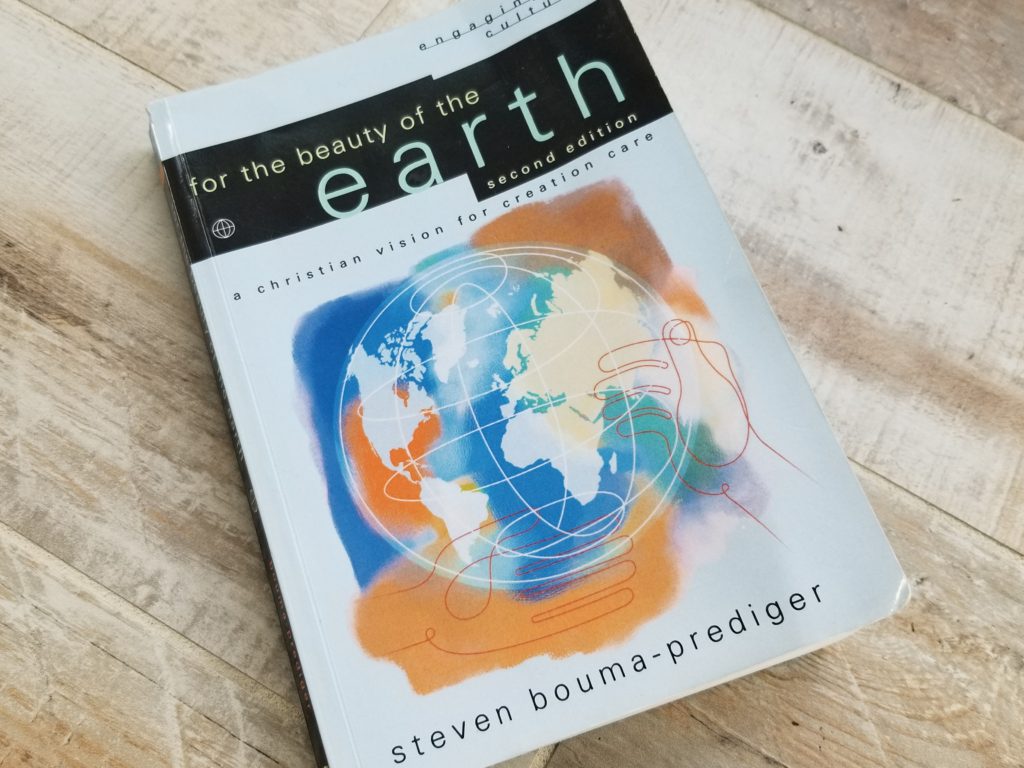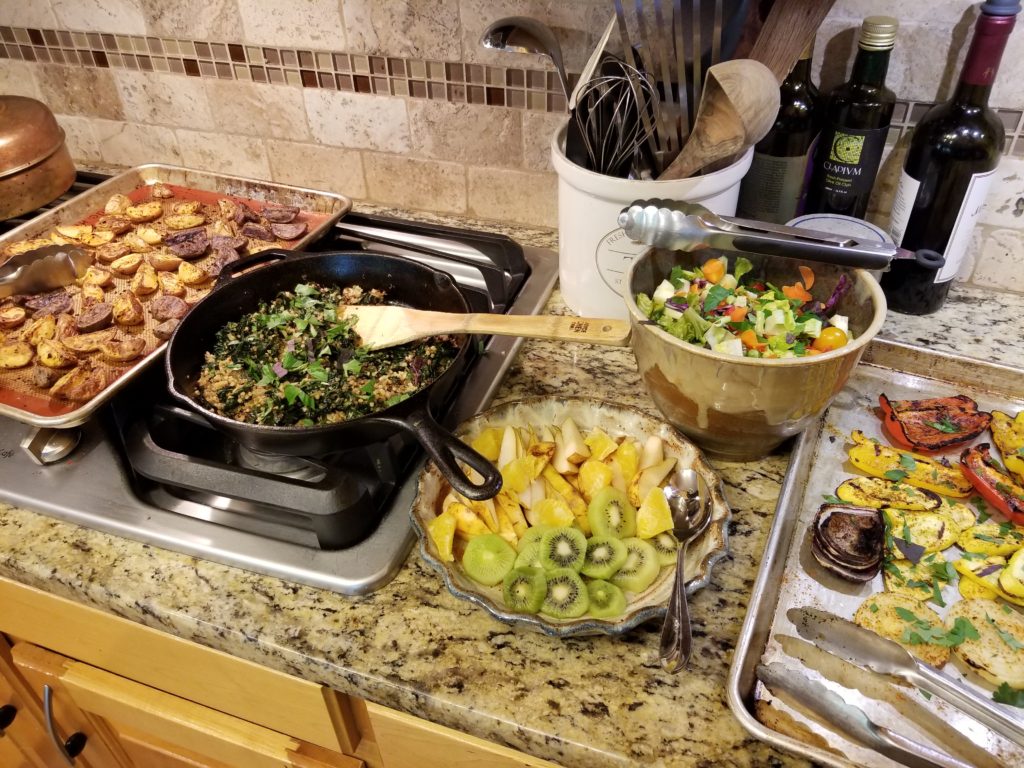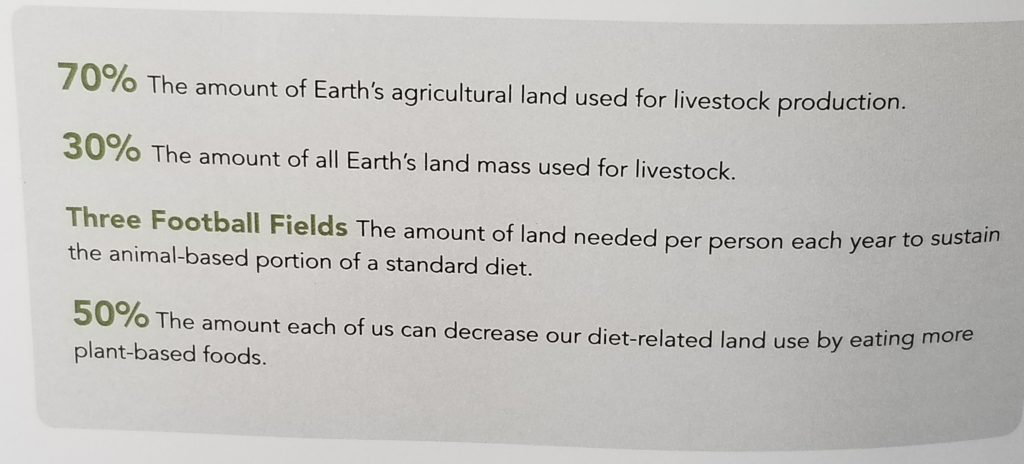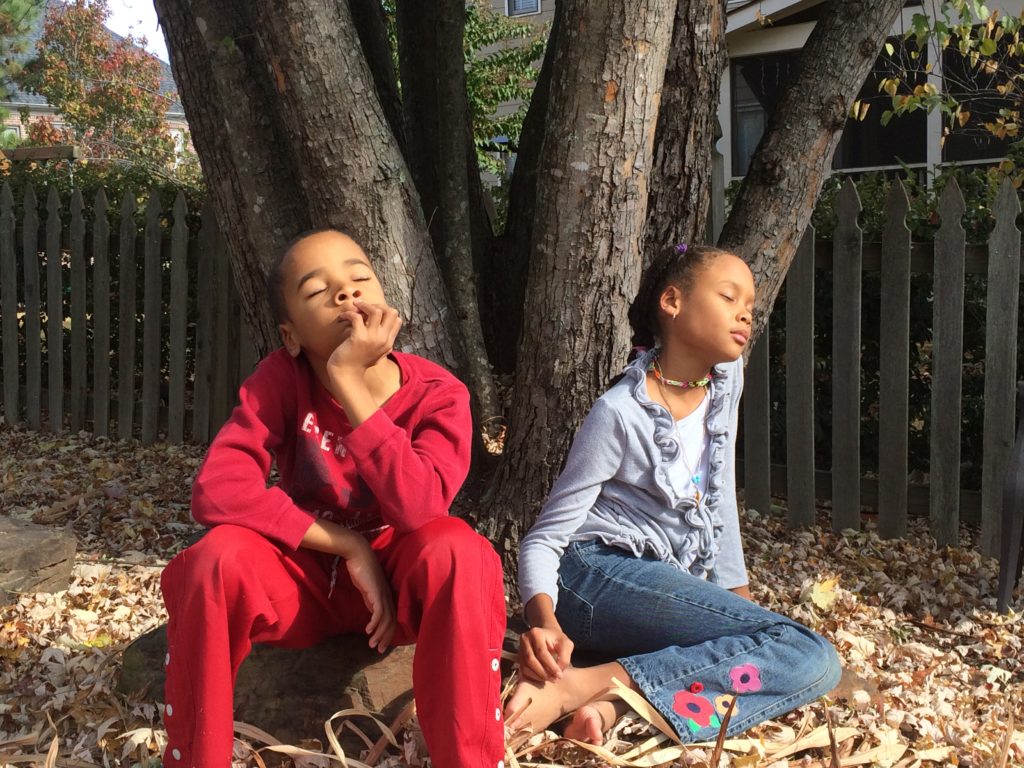I’m 2 1/2 weeks away from my board exam in Orlando. Y’all, I got out the index cards last night to make some flash cards – I’m in full study mode now!

It’s so different going through exam prep with a job and family than it was when I was single. Part of the reason why I did my graduate degrees together was because I doubted that I’d ever go back to school. I still don’t think I’d do it full time – but even so, in the past few years I finished my holistic nutrition program certification, now I’m getting a second medical board certification, and I’m planning for another big educational move in 2020. Education never stops!

This brings me to what I want to talk about this week: Trusting Your Mind. I’ve been feeling pressed and busy, trying to get the normal life things done (shopping, cooking, picking up and laundry), while at the same time trying to study, get the kids ready for Halloween and make my plans for 2020. It’s keeping my mind in overdrive! That’s not really a great space to be in, at least not for me. When I’m juggling a lot, I can feel productive because I’m checking off a bunch of tasks, but my brain is racing around coming up with more to dos. The problem comes when I want to slow down and my mind won’t cooperate. I lay down to sleep, and my brain starts running through my to-do list. I get up to meditate and it’s hard to be still. I thought that maybe this was a good sign that I’m ramping up to meet the tasks ahead. It’s actually not. Let me tell you why.
When I get into hyper mode, trying to get a bunch of things done, what I feel is anxious. I worry that I’m going to miss something important or make a mistake that I can’t recover from. So I push harder, move faster, fill up the hours of the day tighter so that nothing bad will happen. The regular things I do to make space in my brain, like keeping a list of things to do or journaling all my thoughts are good things and are helpful in slowing the worry. But there’s another tool I’ve found that solves problems and makes space.
Give your mind work to do.
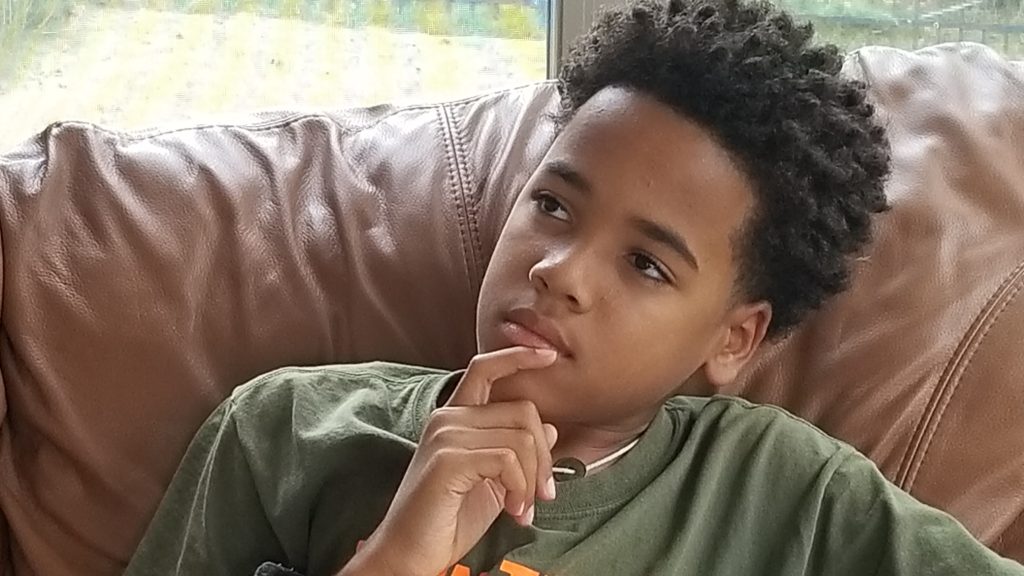
What? Wait – didn’t I just say that my mind is too busy and full and I need more space? Yes I did. Let me explain. Much of the time, the mind is constantly scanning for the errors and threats so that you find them and address them before they become a problem. When the mind finds these threats, it offers them up to you as thoughts you need to deal with. Most of the time, we accept these thoughts as fact, usually because we’ve thought them before and believe they’re true. For example, when you have an invitation to a potluck, your thought might be, “Great. Now I have to go shopping again and cook something and I already didn’t have time to do dinner for the rest of the week.” (I usually have this reaction to potlucks. I recognize this is a little negative.) And we accept that as fact – we didn’t have a plan for dinner this week and this is another thing to do, so that must mean this is a problem. But you don’t have to accept every thought your mind offers you. You could choose to think that you enjoy potlucks and that’s one dinner you don’t have to do all the cooking and clean up.
And there’s another option.
You can put your mind to work. Instead of letting your brain race around like an unsupervised two year old, you can give it tasks to accomplish. What if instead of accepting the thought that the potluck is another to-do that you don’t have time for, you asked your brain a question. How can I get this potluck dish done with what I have at home? How can I make an easy contribution to the potluck? You give your brain an assignment. You don’t start with the answer, because if you did, your brain has nothing to do. Your mind will offer up thoughts – that’s what it does. But you can help it be constructive by giving it things to work on. You will be amazed at how often it will find a solution that you like!
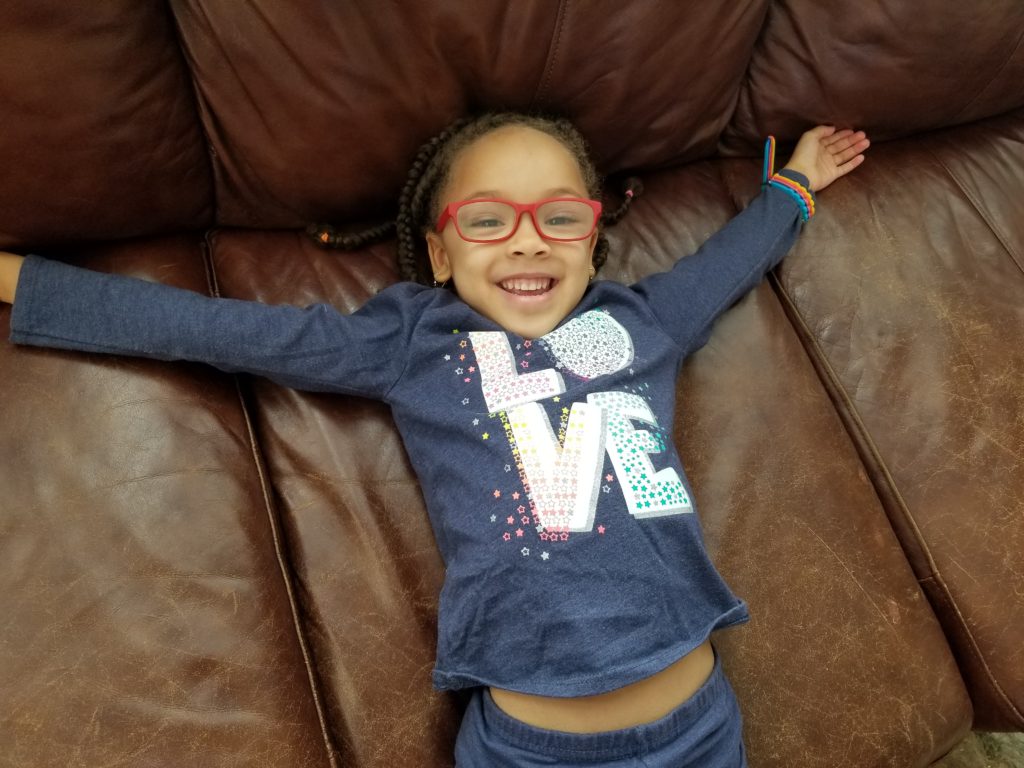
I’ve been practicing this recently. It can be a little tricky, because my tendency is to want the answer immediately. So if I don’t have an instant solution to a problem, I’m tempted to worry until I do. And my mind just races in circles reminding me that I have a problem, that I don’t have a solution, and terrible things are going to happen if I don’t fix it! But when I ask my mind to work on the problem by asking it to be constructive (usually a How question), it comes up with a solution, usually faster than I thought it would. Last night, my husband was talking about taking our youngest to the eye doctor for her appointment. When he mentioned that this was the longer appointment with the dilating eye drops and waiting for hours, I mentioned that she’d probably need a snack and an activity to be packed up (which I knew was something I’d need to do in the morning before she left). My brain immediately went, “What are you gonna pack? You were going to catch up on sleep from being on call, and now you have to get up early to pack her bag? Why does this always happen last minute?” I watched my brain start to spin out on me, and then I stepped in. Calmly, I asked my brain to think up a good snack idea for her, keeping in mind her allergies, and what we have in the house. I wrote it down and closed my eyes, figuring that by morning by brain would have a plan. In the next instant, my brain said, “There are some gluten and nut-free snacks you put in the bowl in the bottom of the pantry for these last-minute situations.” Oh yeah, I forgot about those. Thanks, brain – good job. Problem solved!
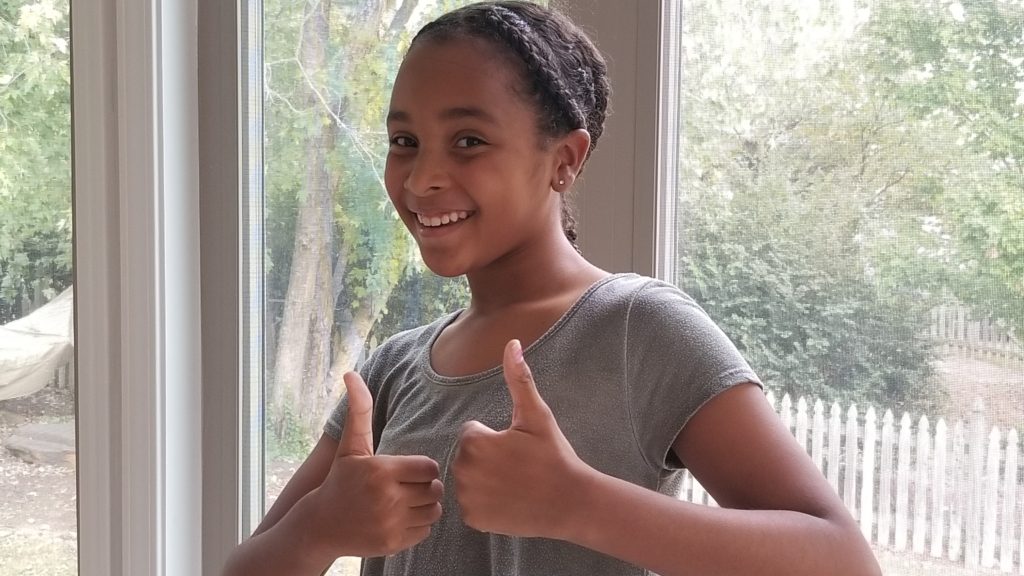
Your mind wants to be useful. It will offer up thoughts and ideas that are your most commonly practiced thoughts because that’s most efficient and easy. But you don’t have to accept them. You also can practice new ways to use your mind that are productive and keep it busy working instead of offering you worrying thoughts. The first step is to be aware of the thoughts you’re having and ask if they are helpful. If not, you might want to practice thinking in ways that do serve you. We’ll have to go into that in another post! The second step is to give your mind assignments instead of letting it worry. Write your lists, journal your worries, pray more than anything. But don’t let your mind race around unsupervised – put it to work! It’ll come through for you!
Do you find yourself overwhelmed by your anxious thoughts? Try giving your mind problems to solve and share what you experience in the comments below!

